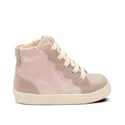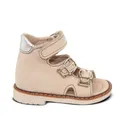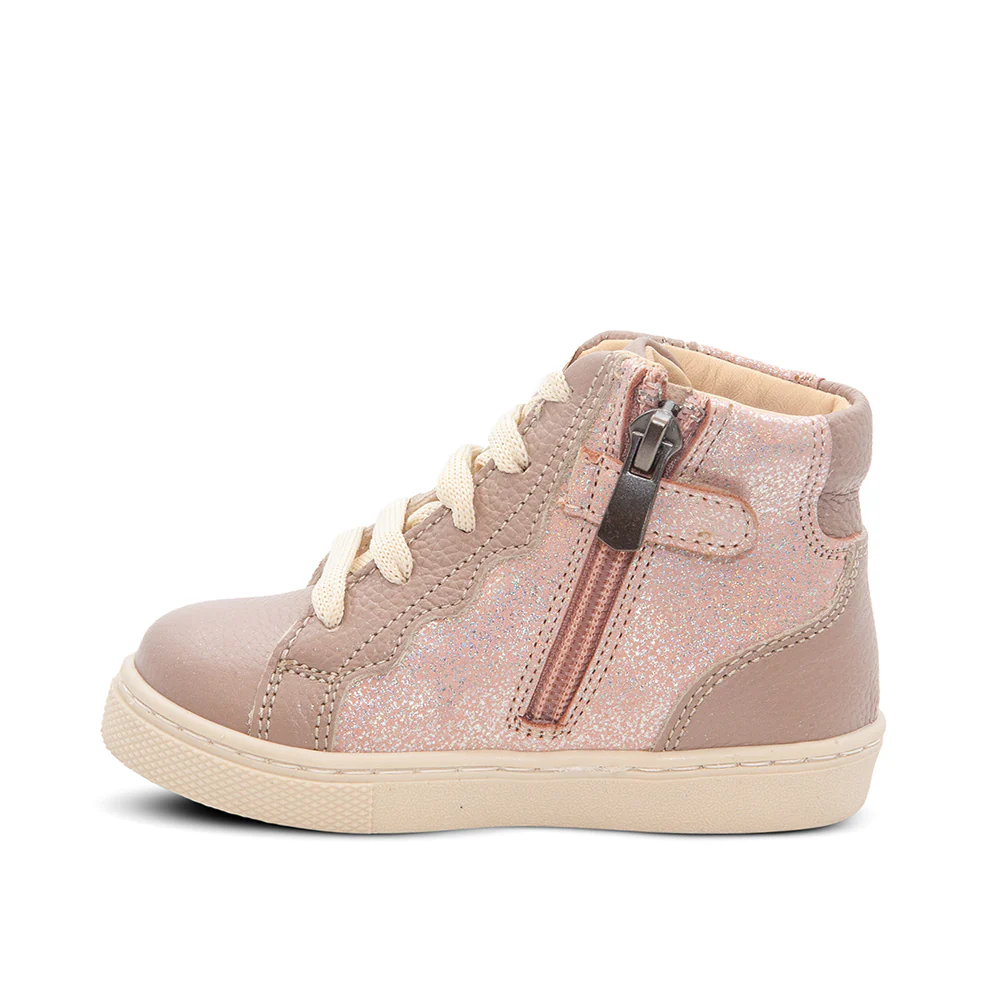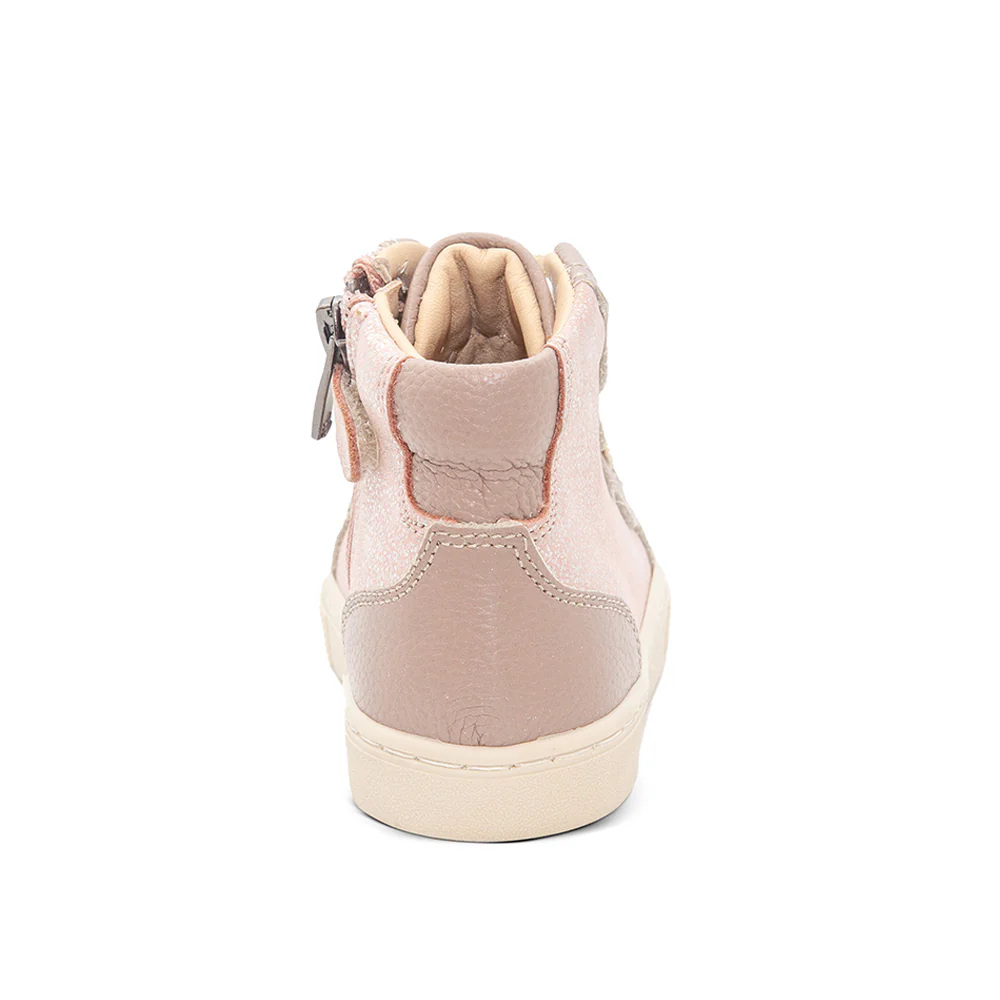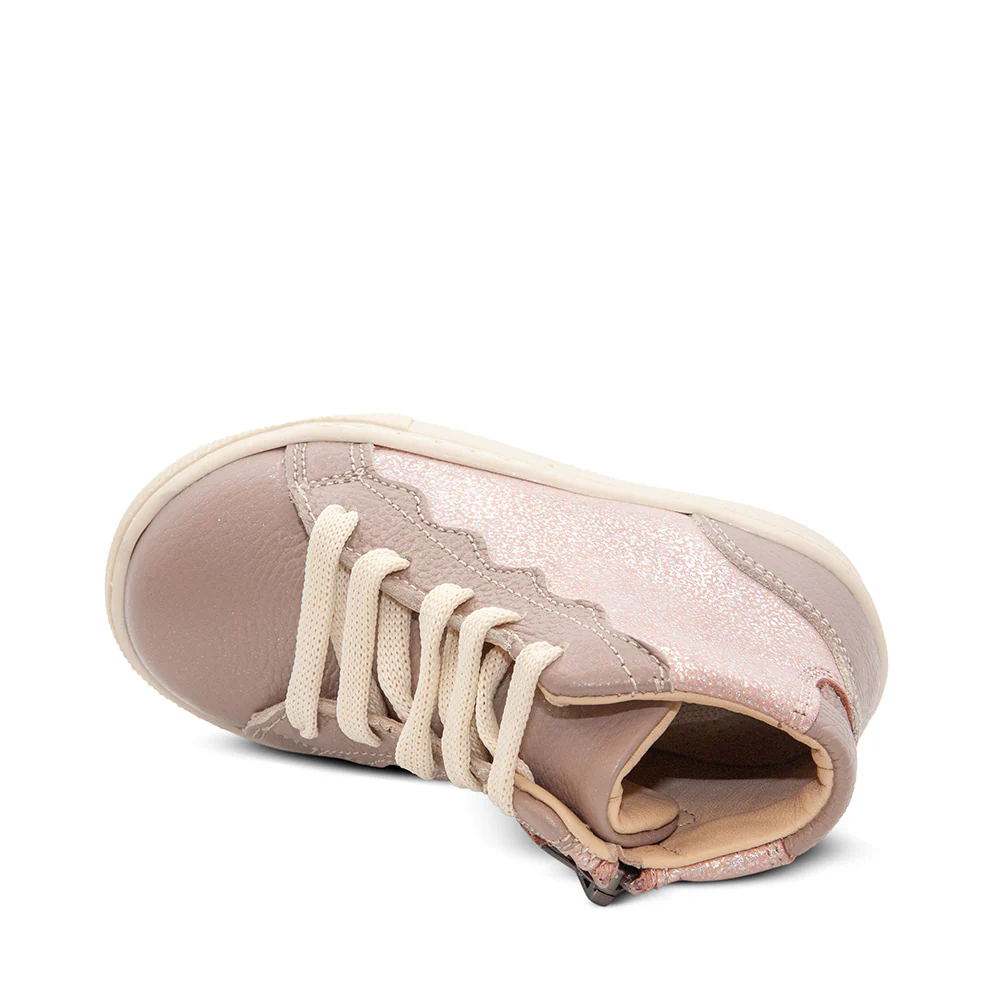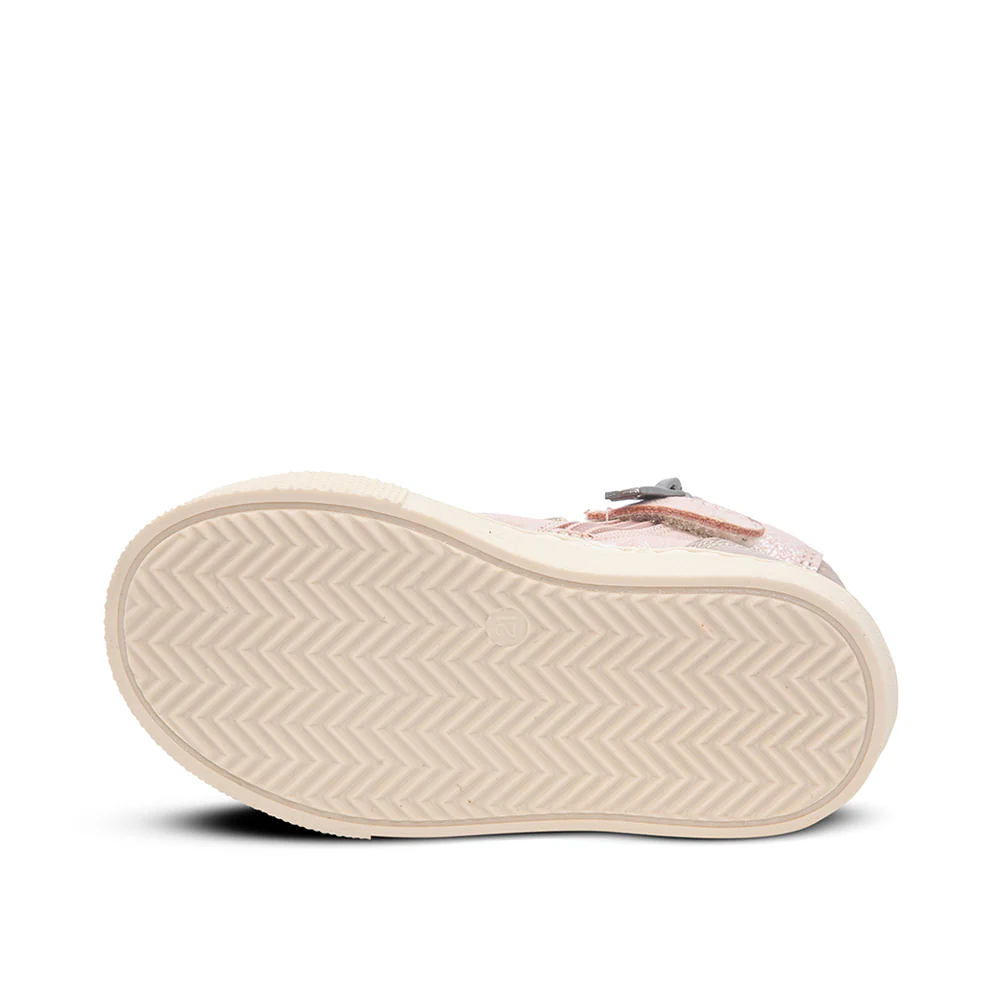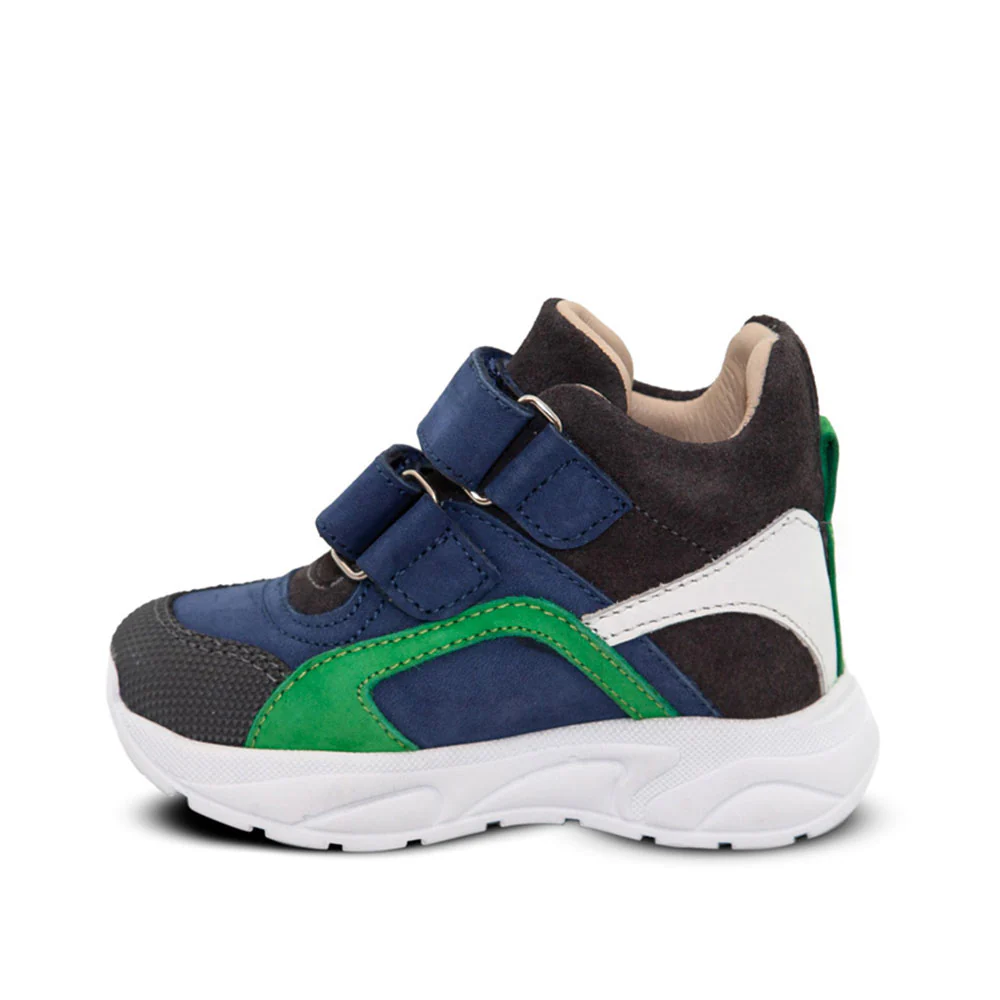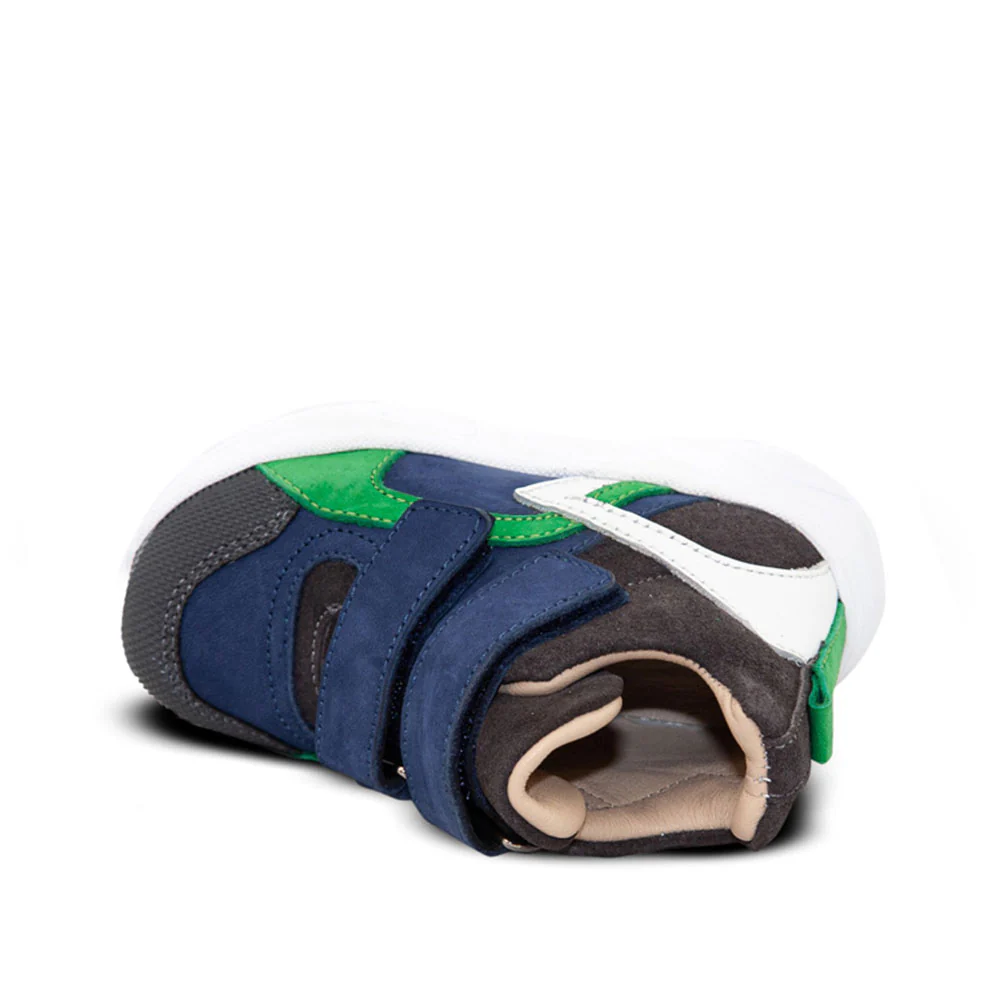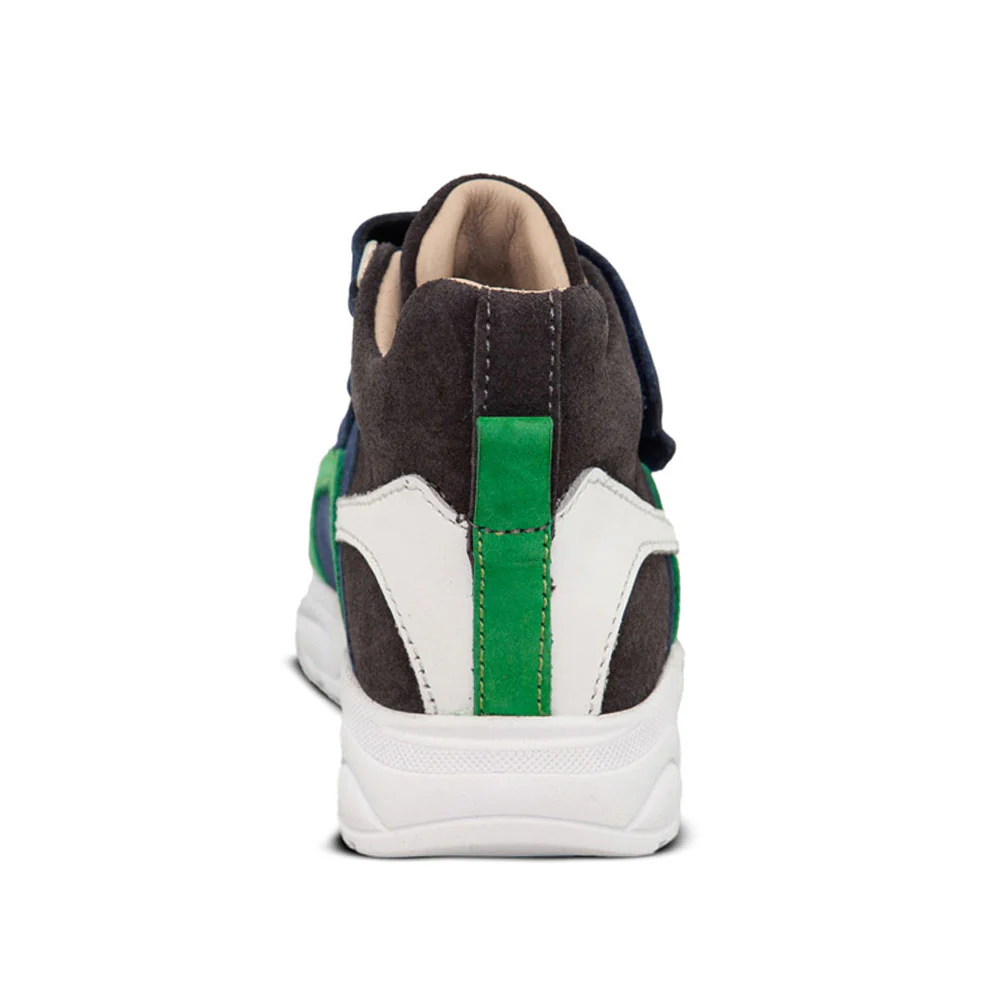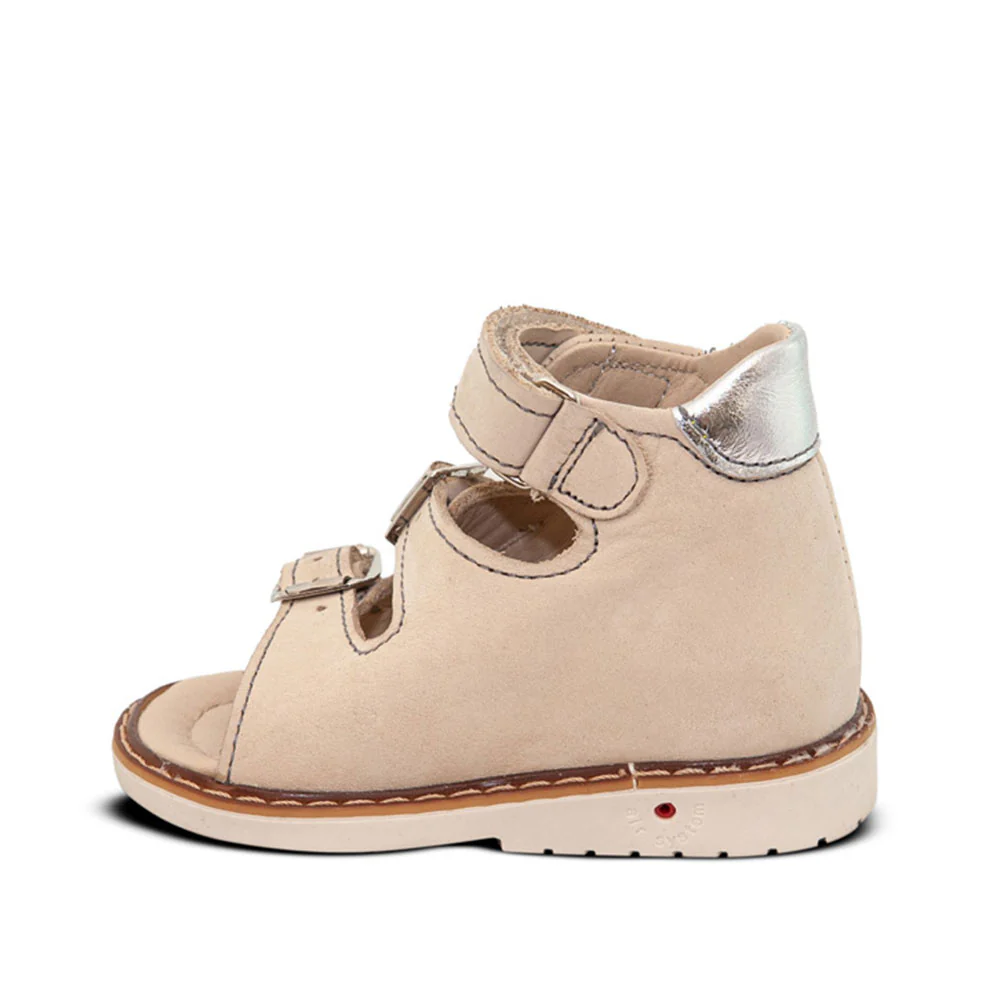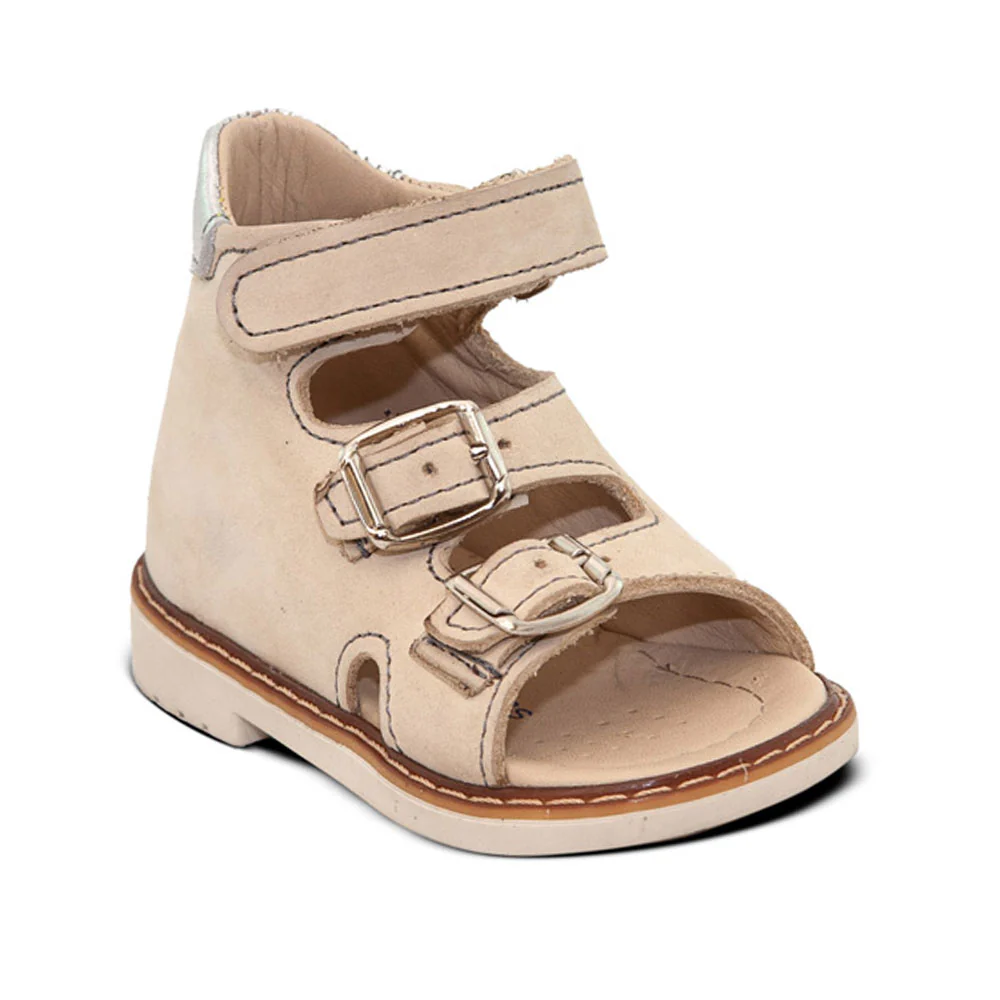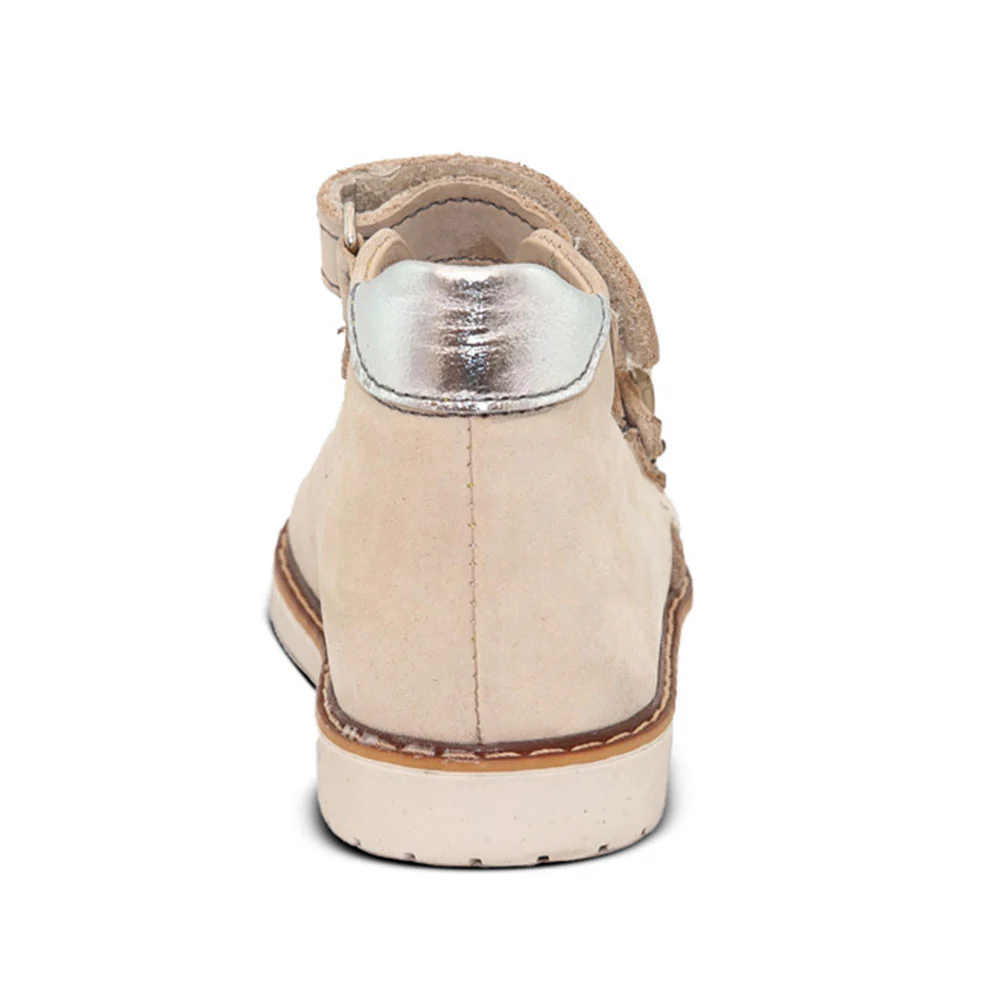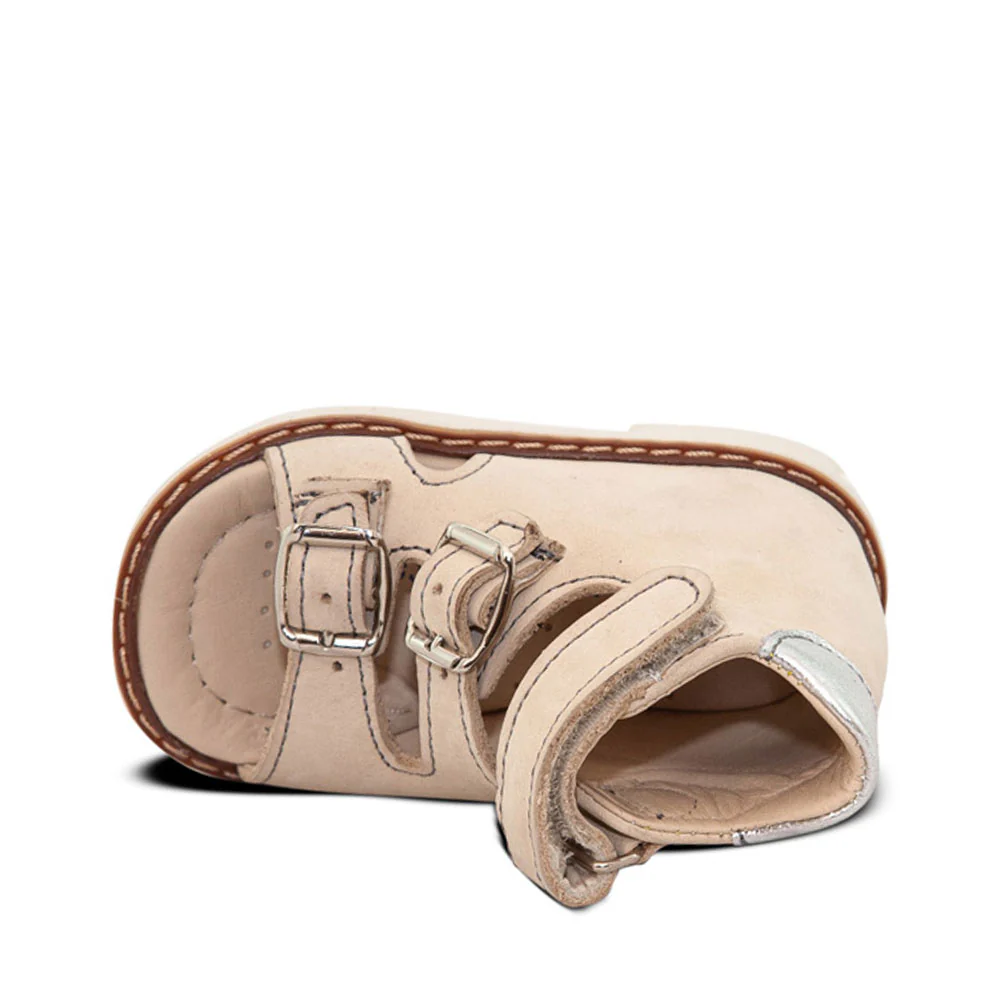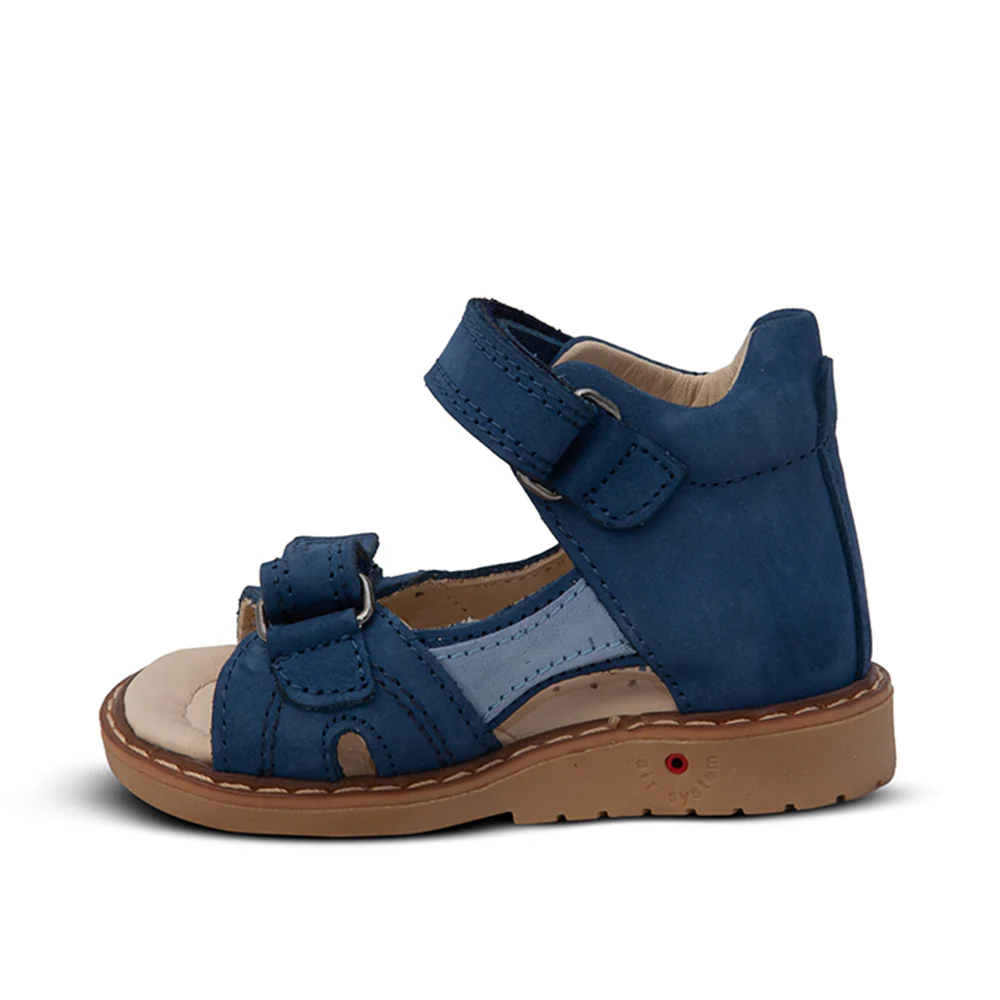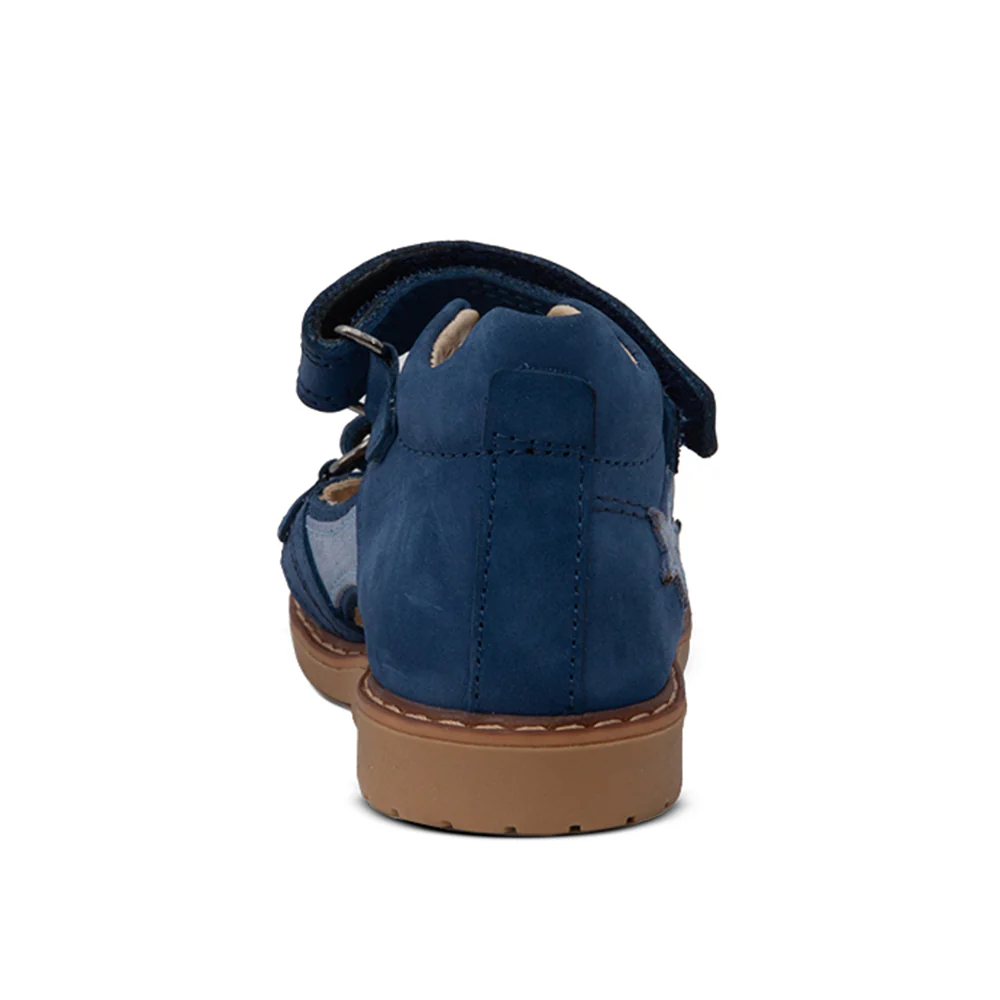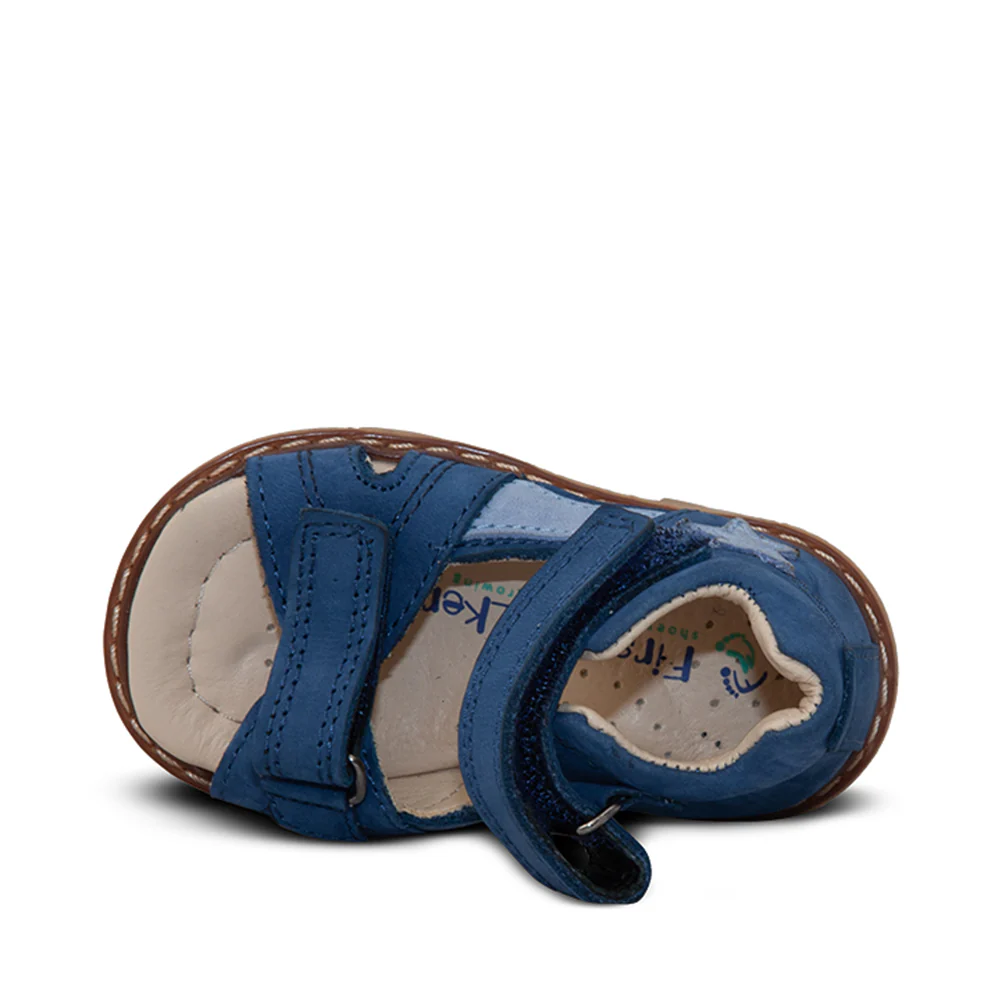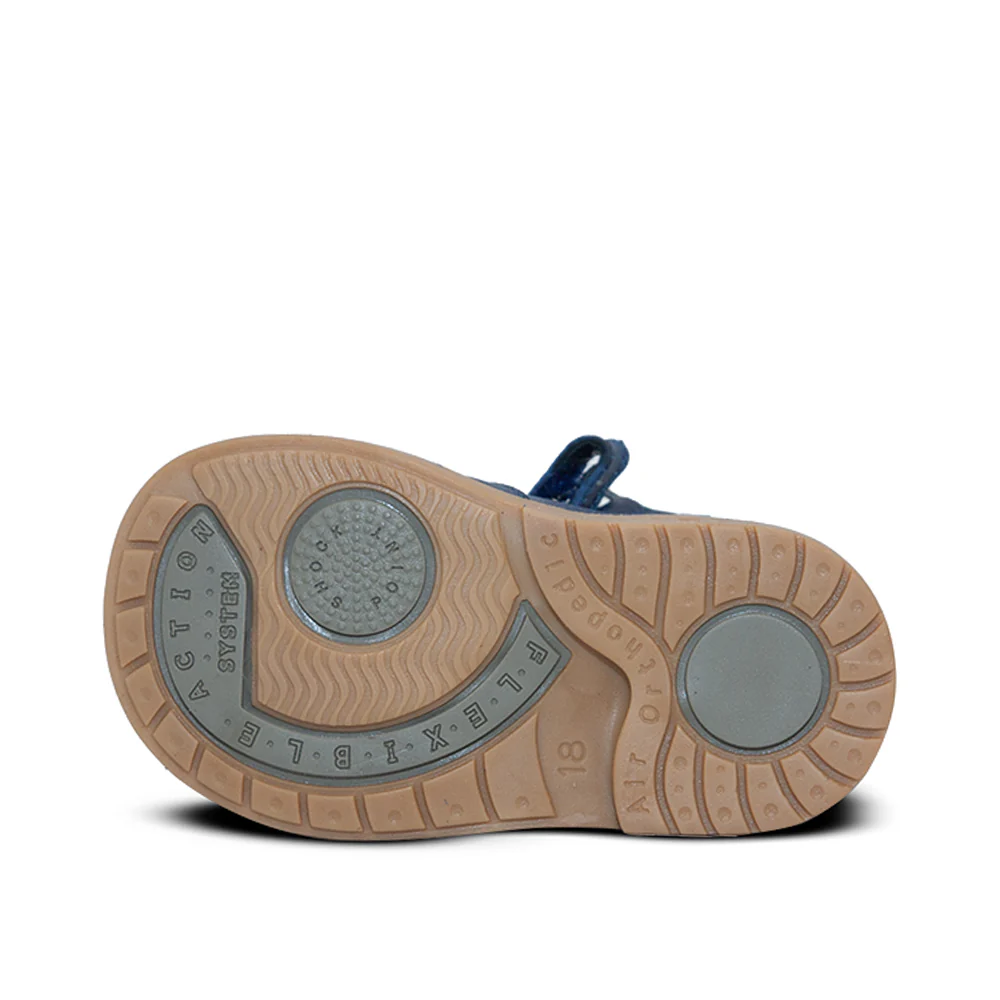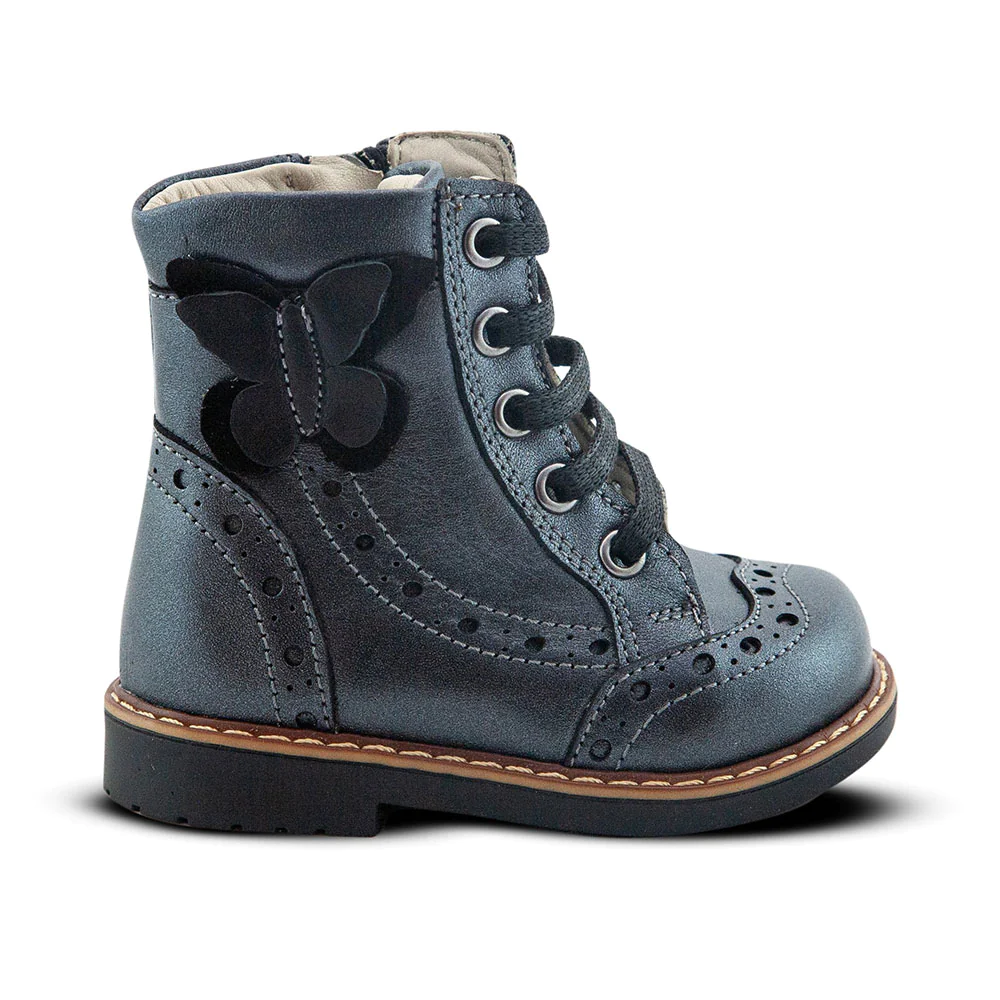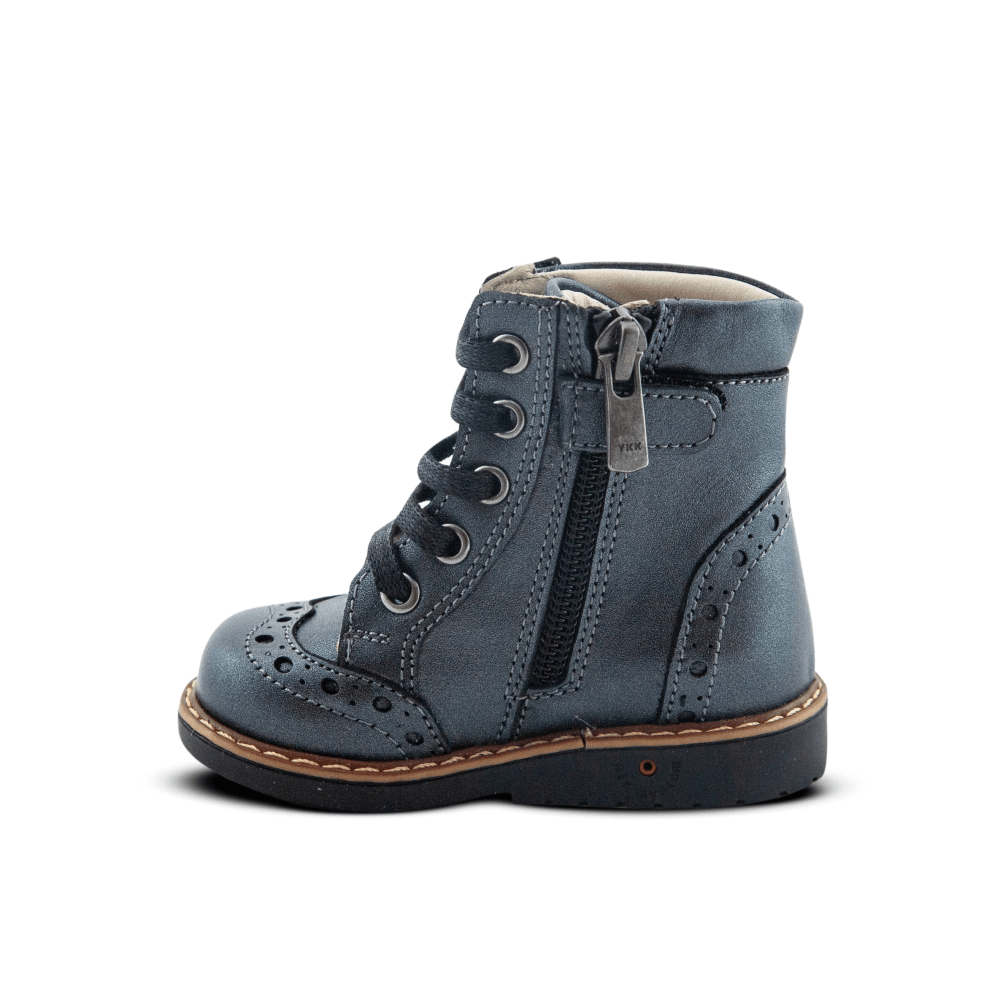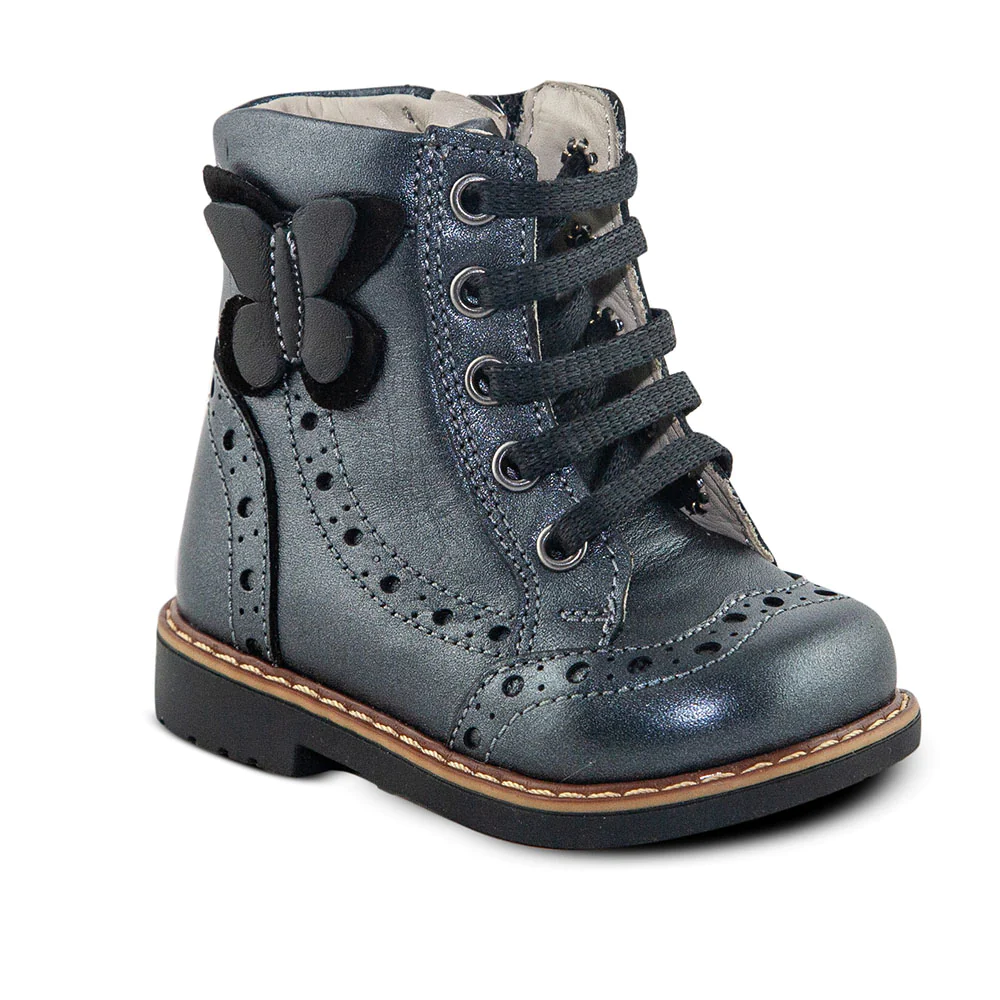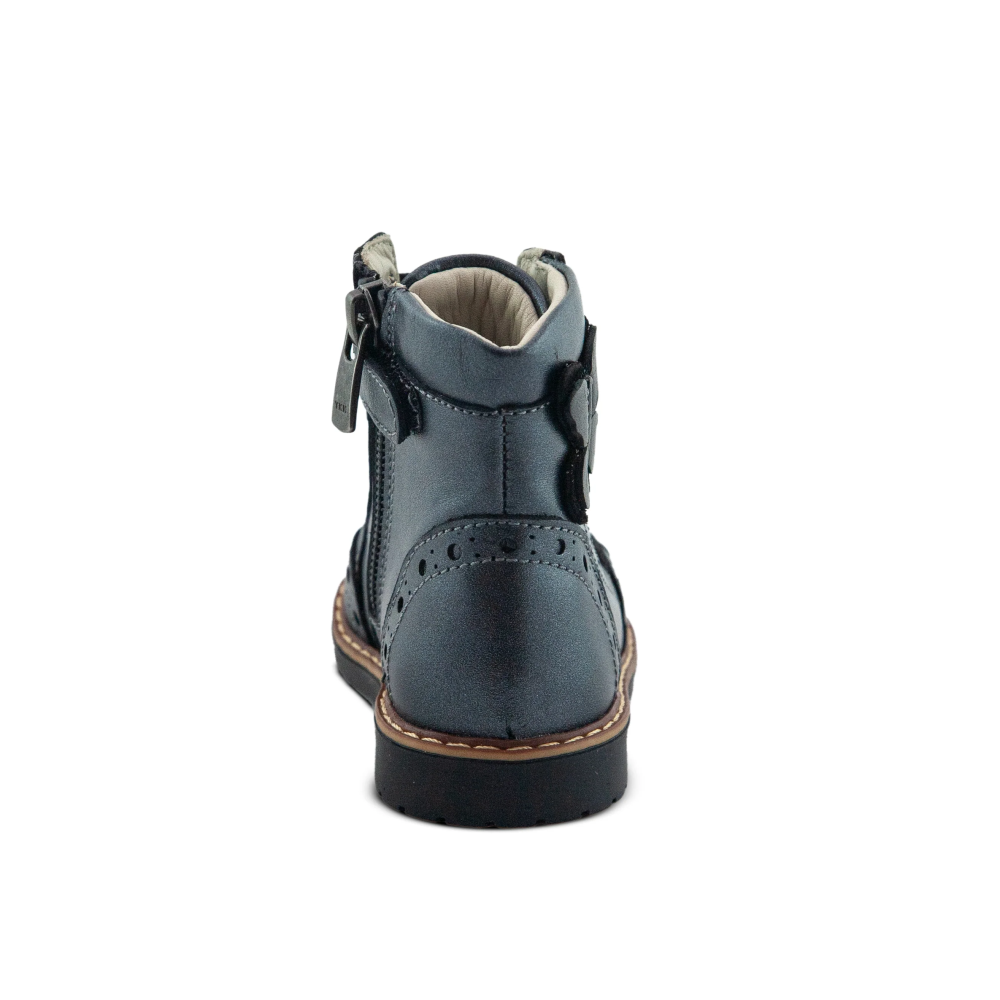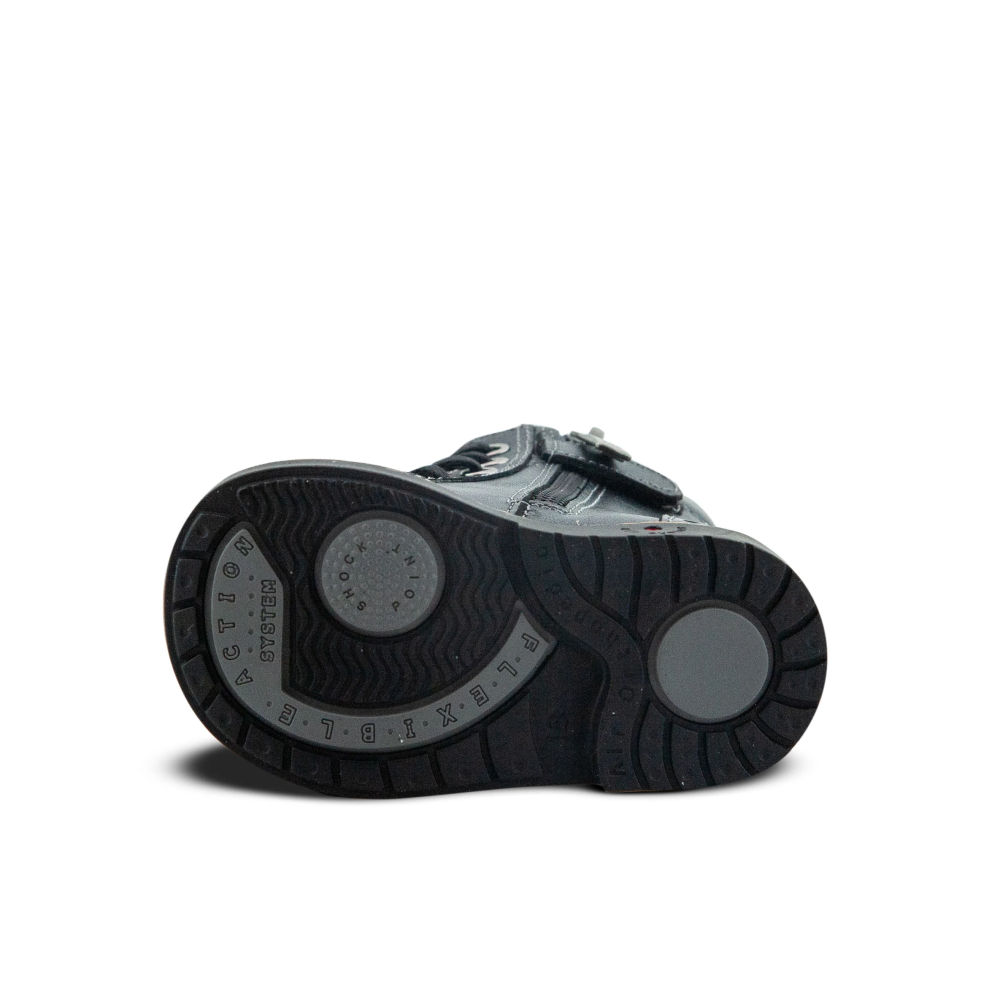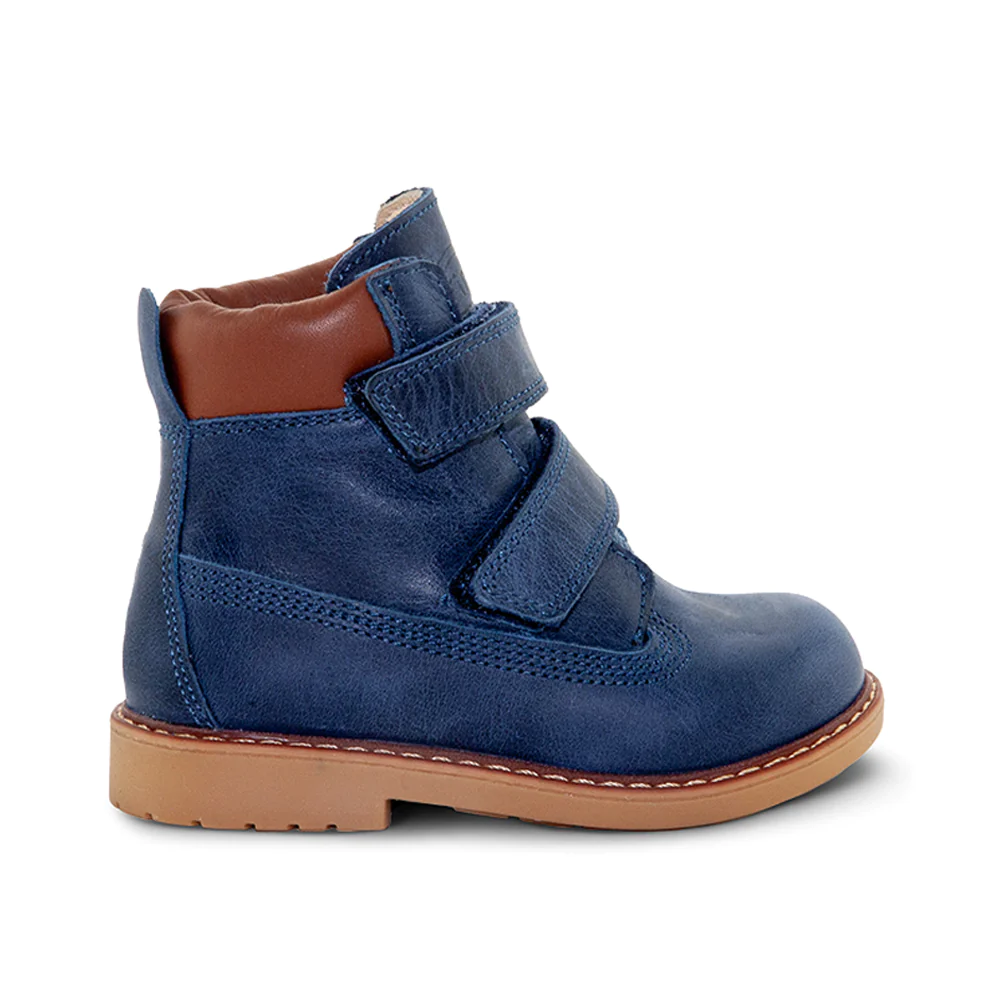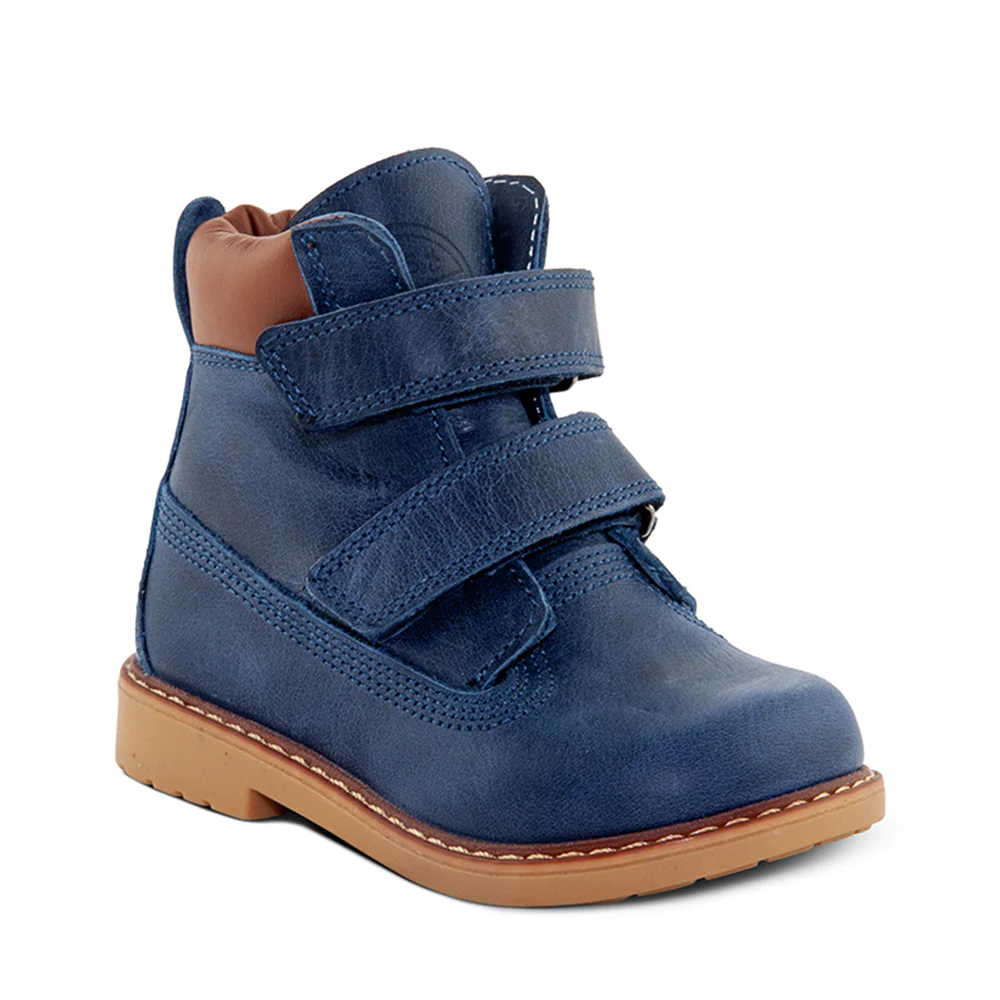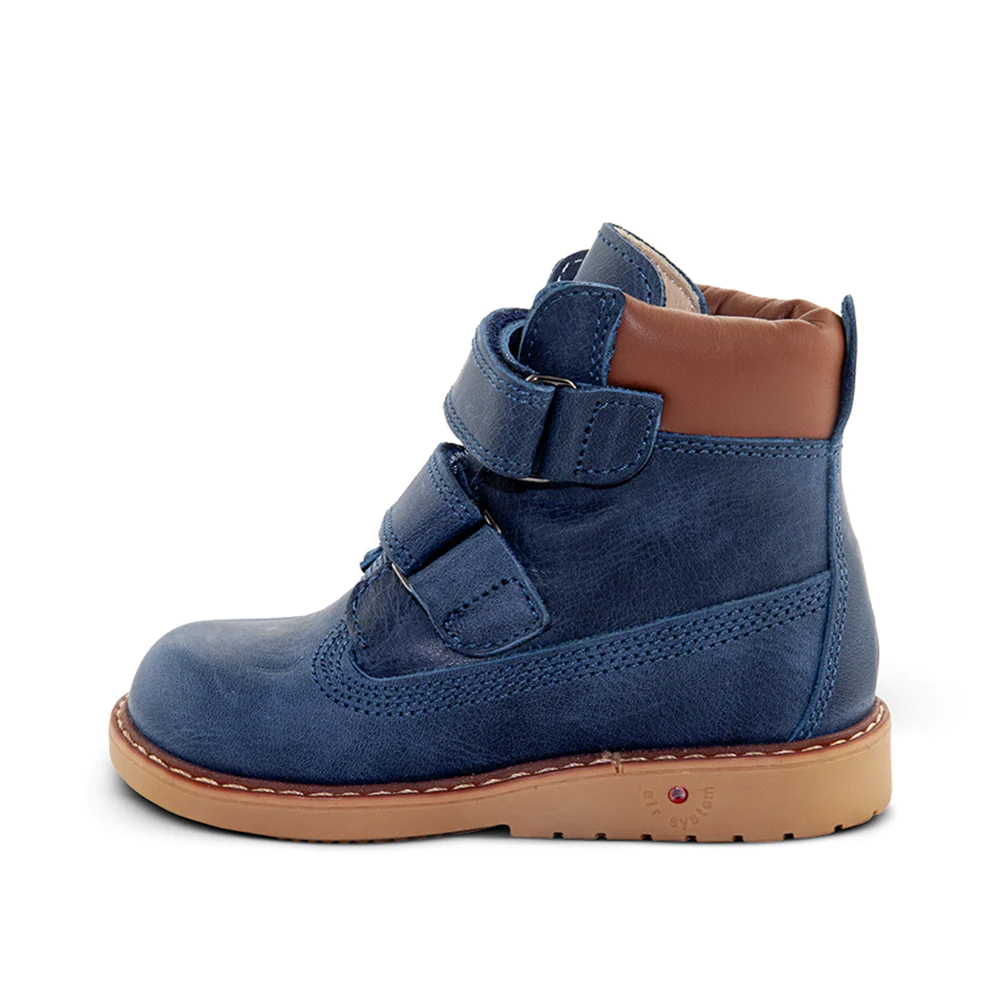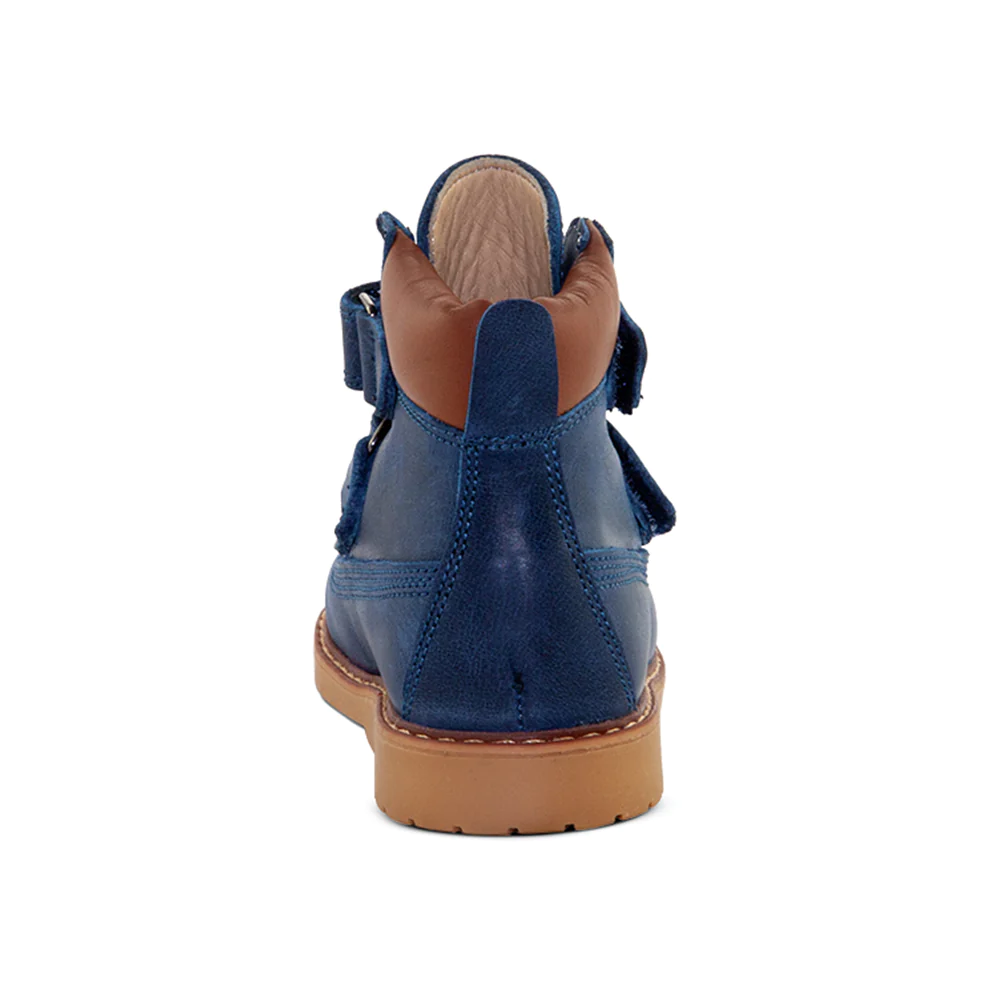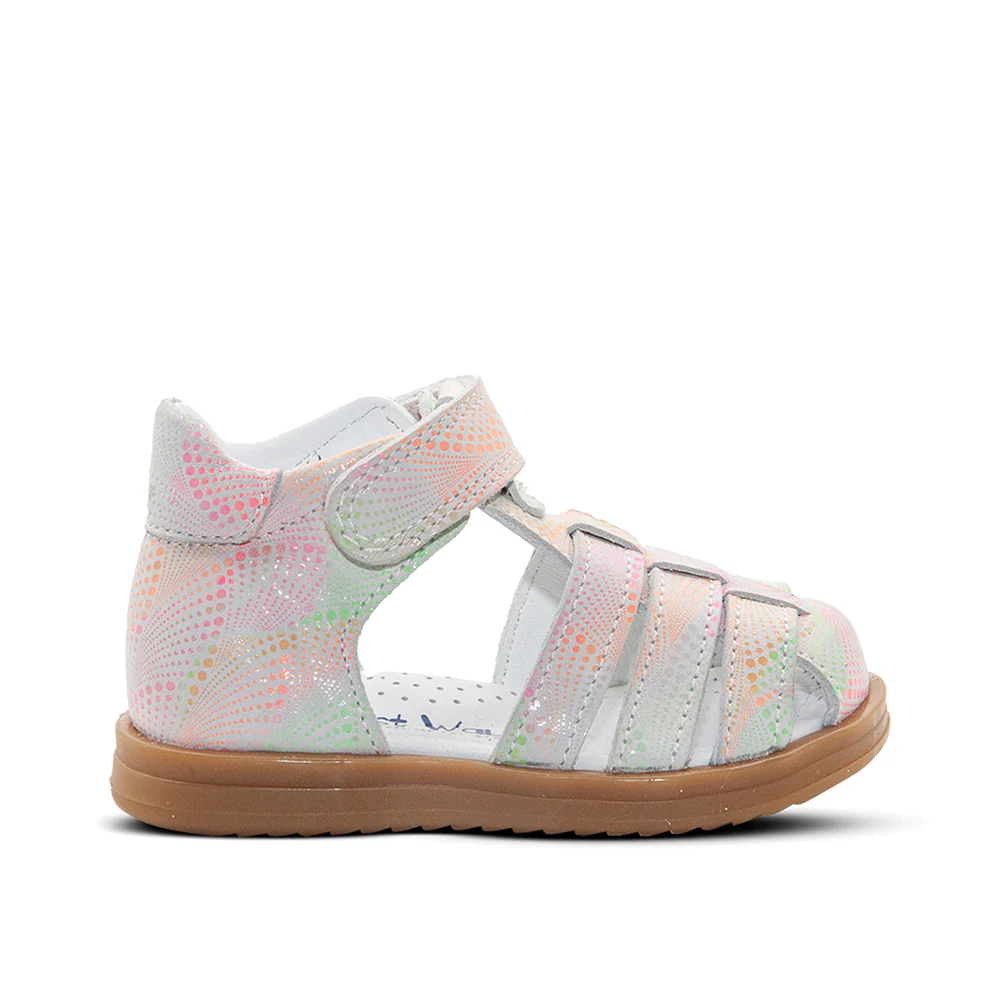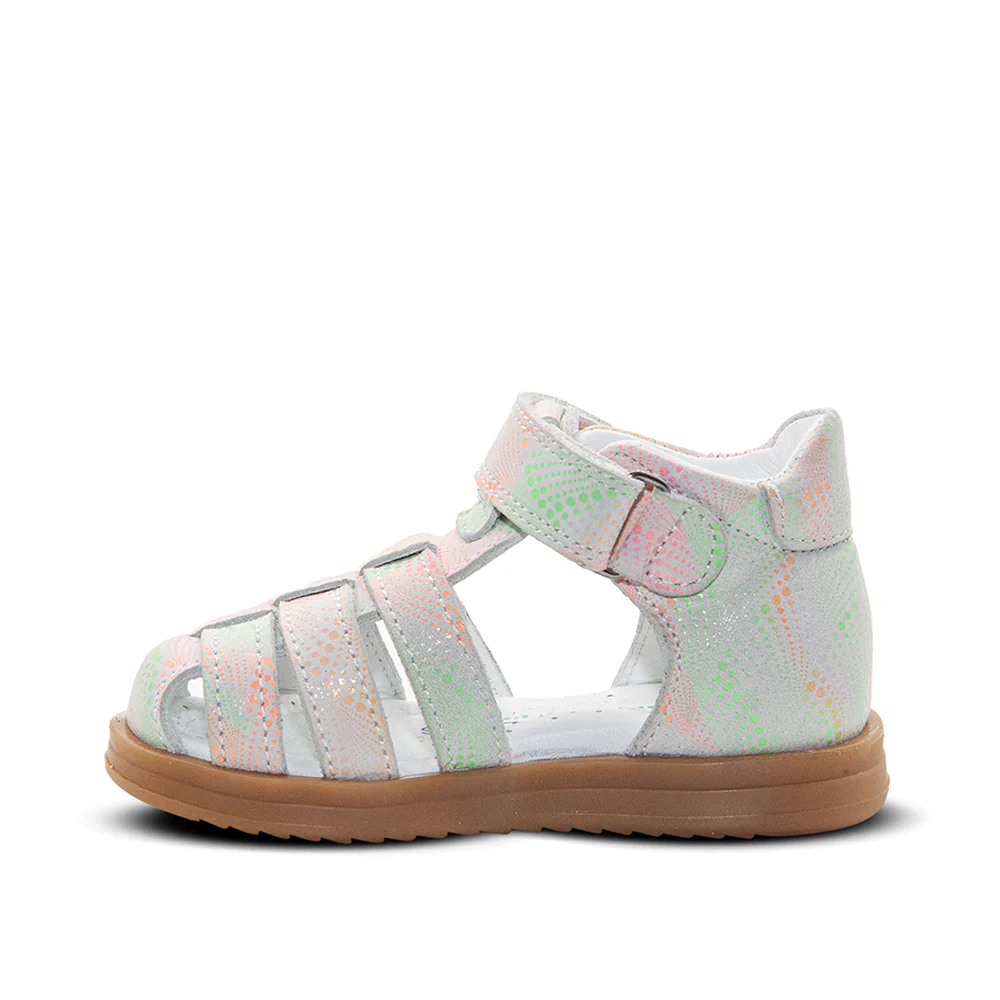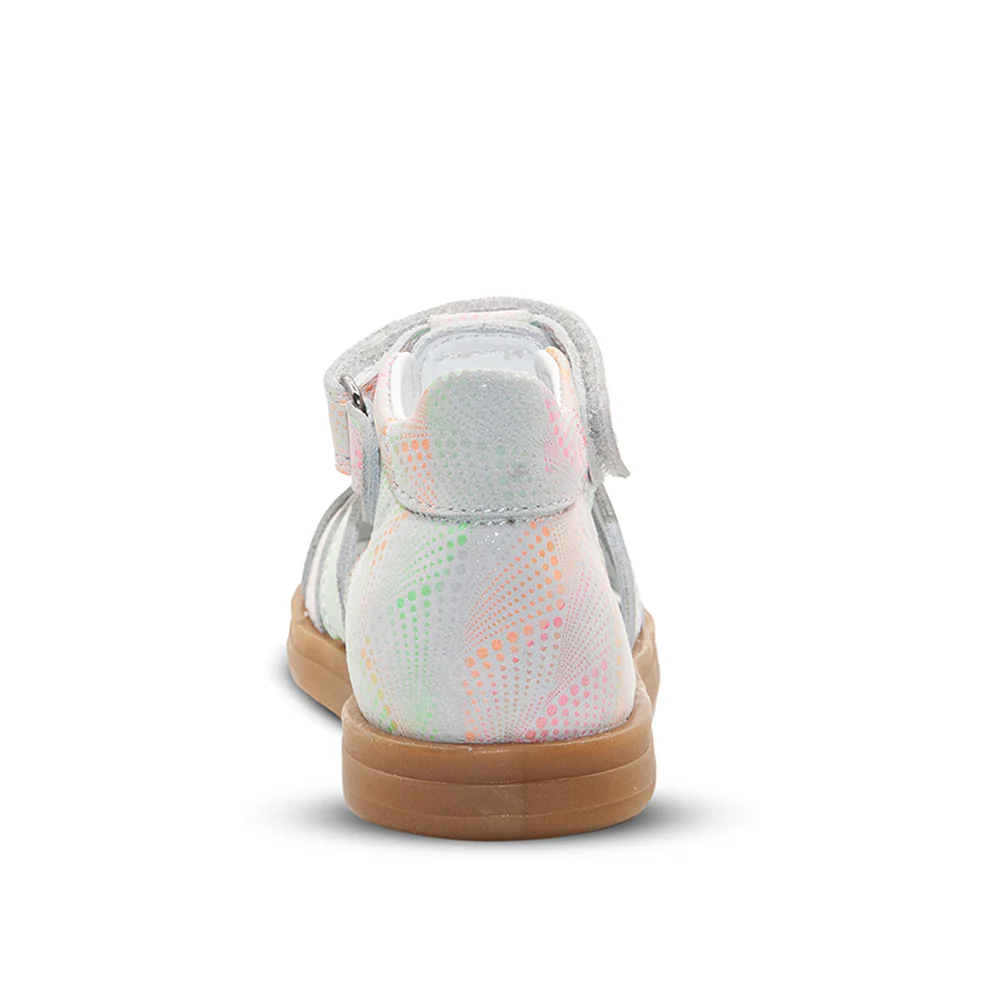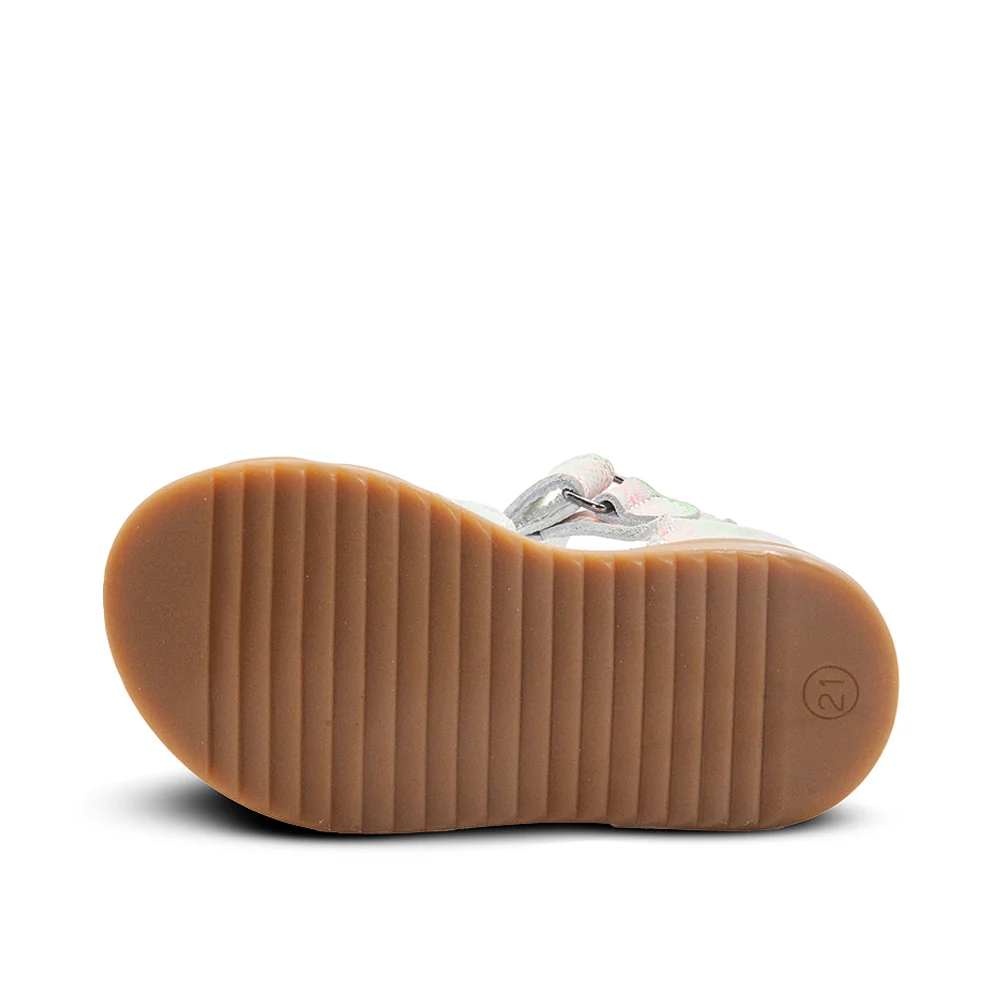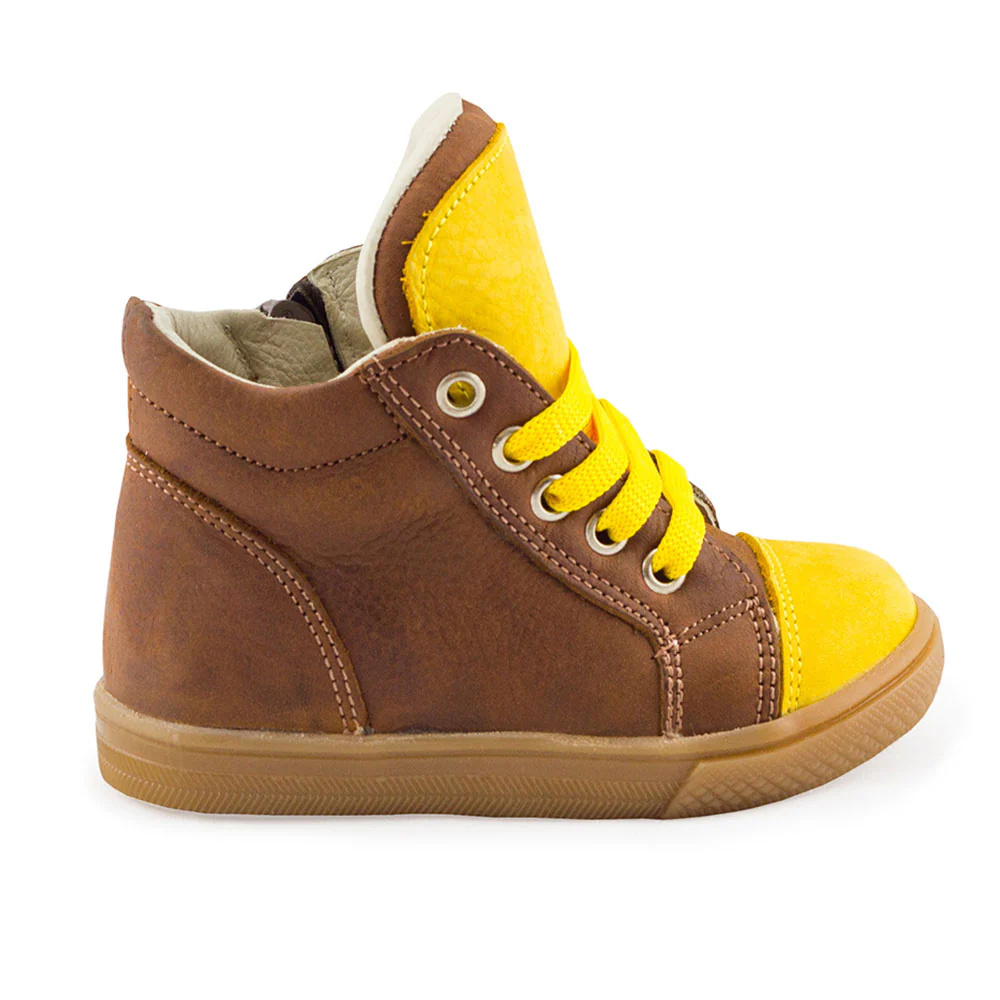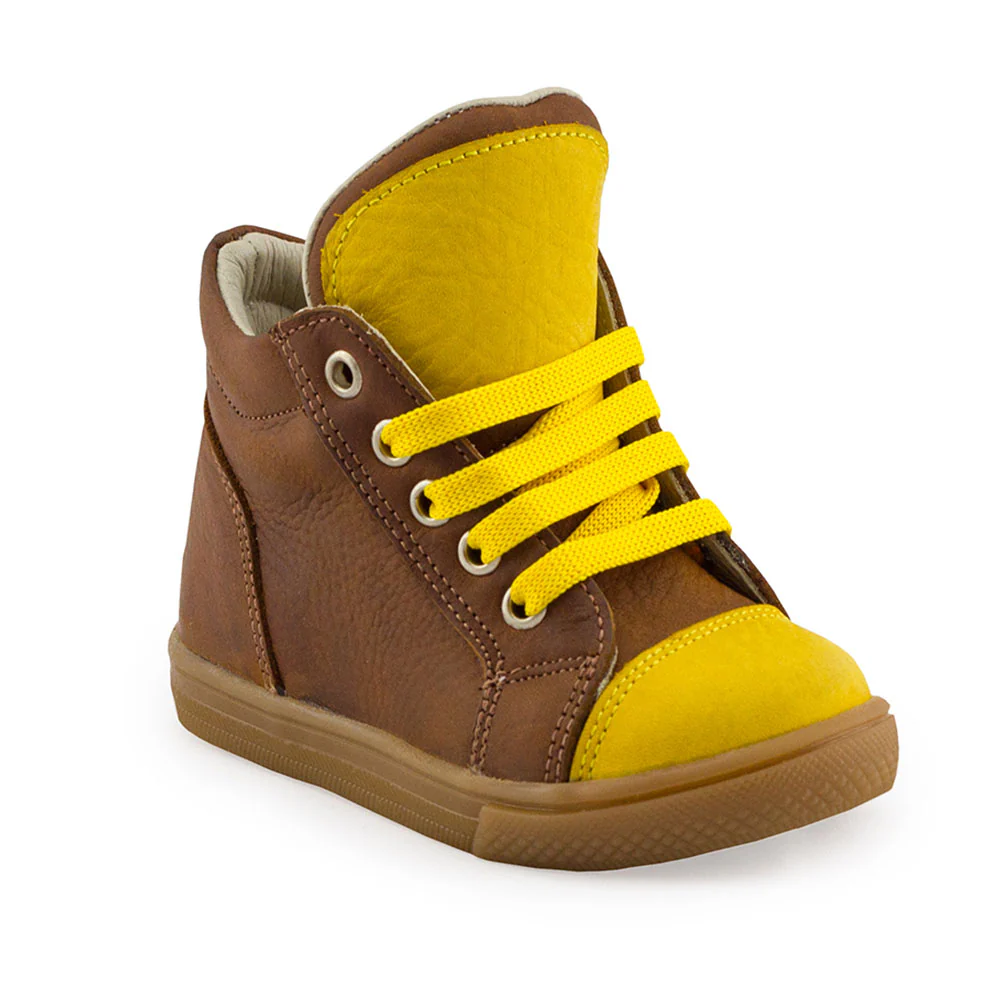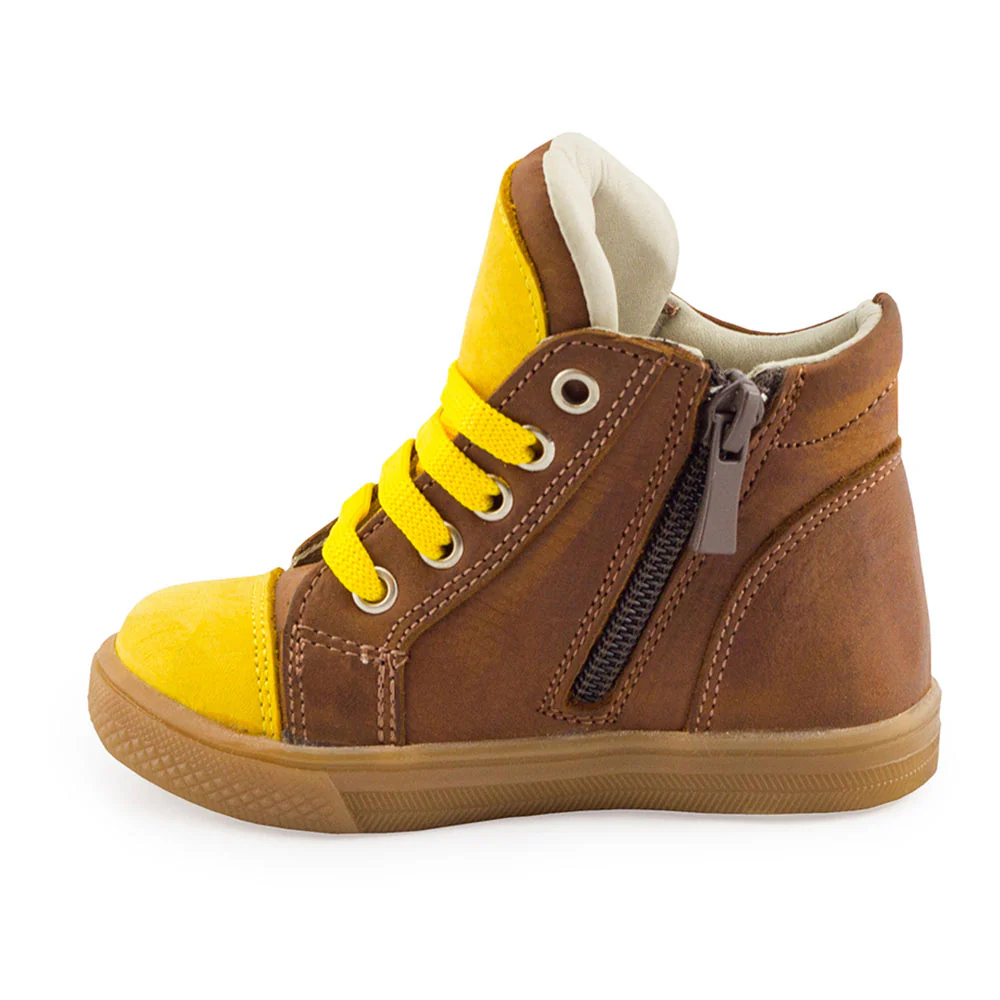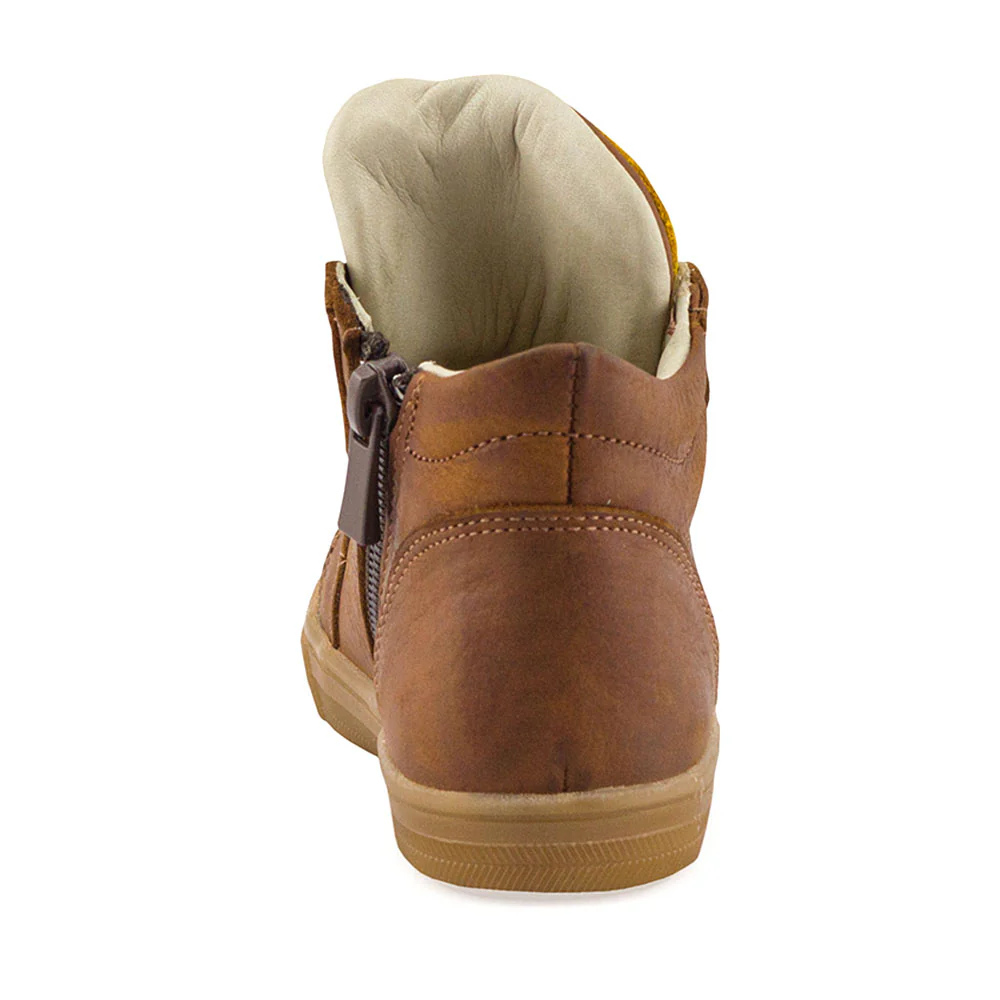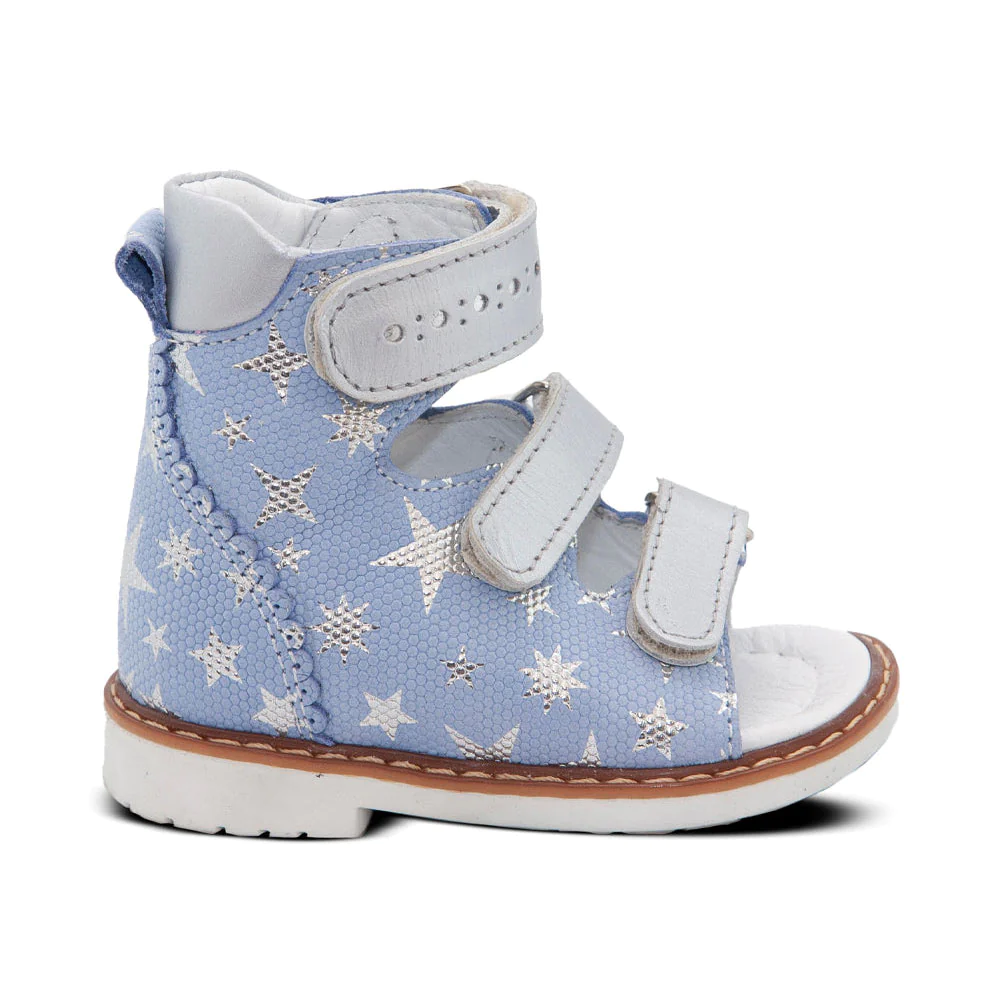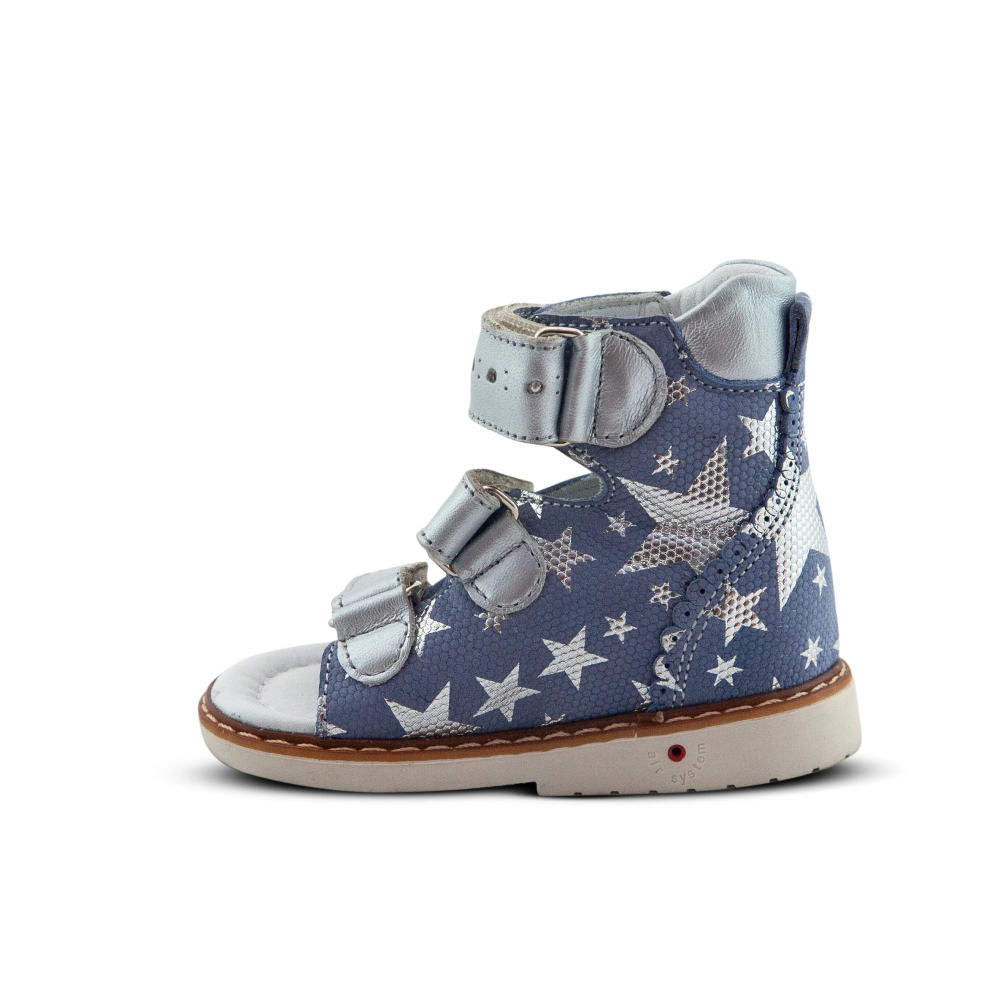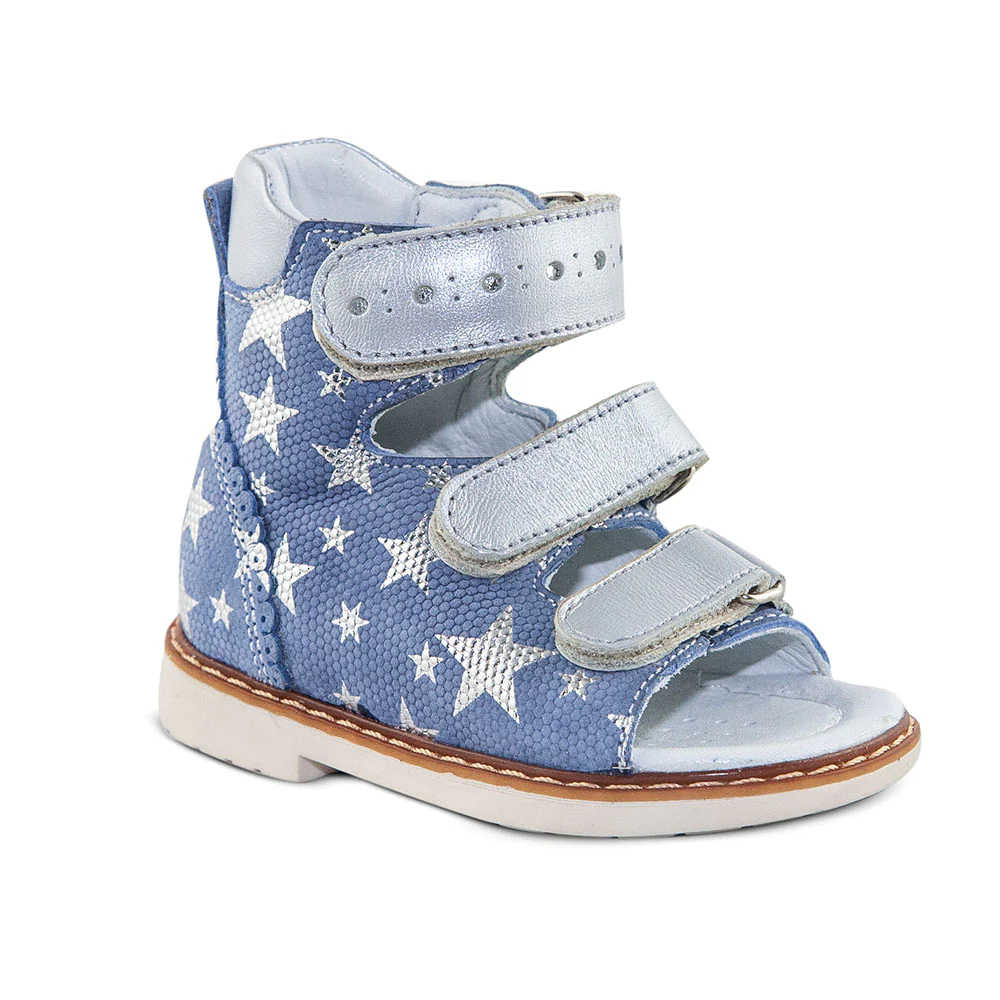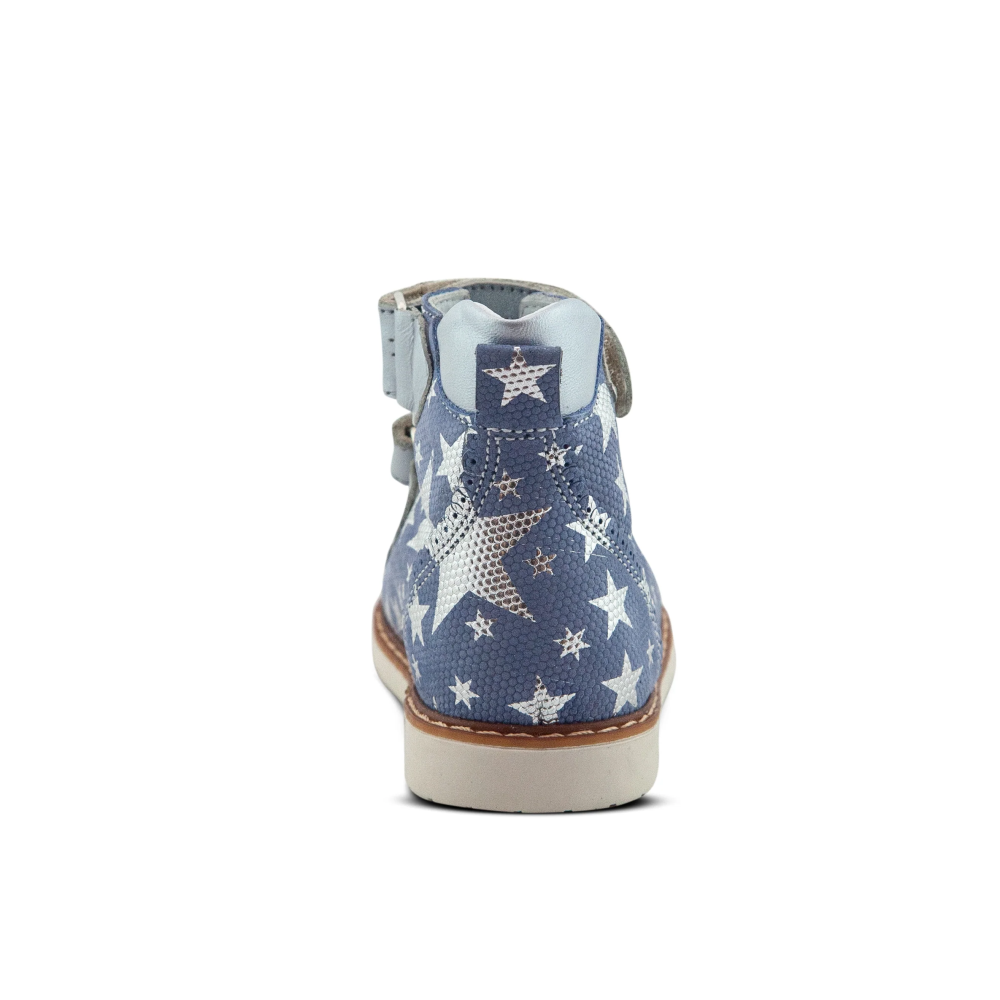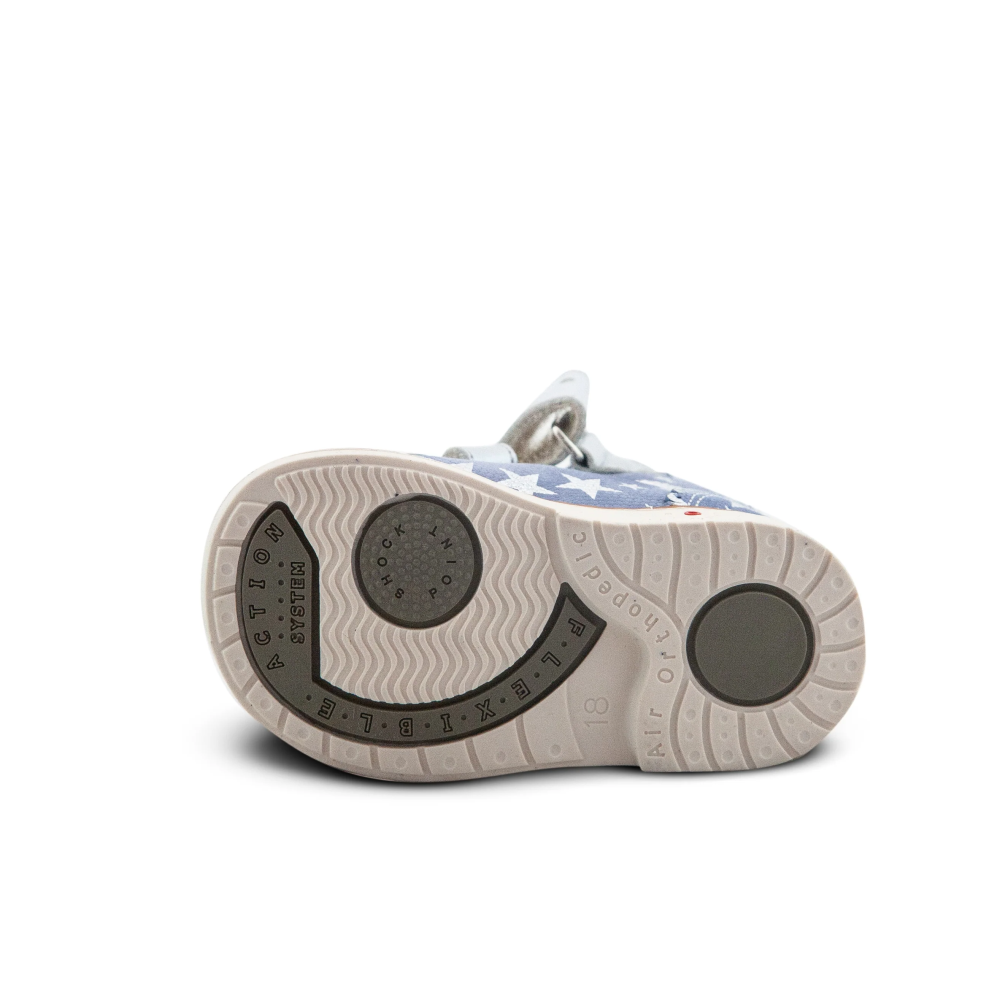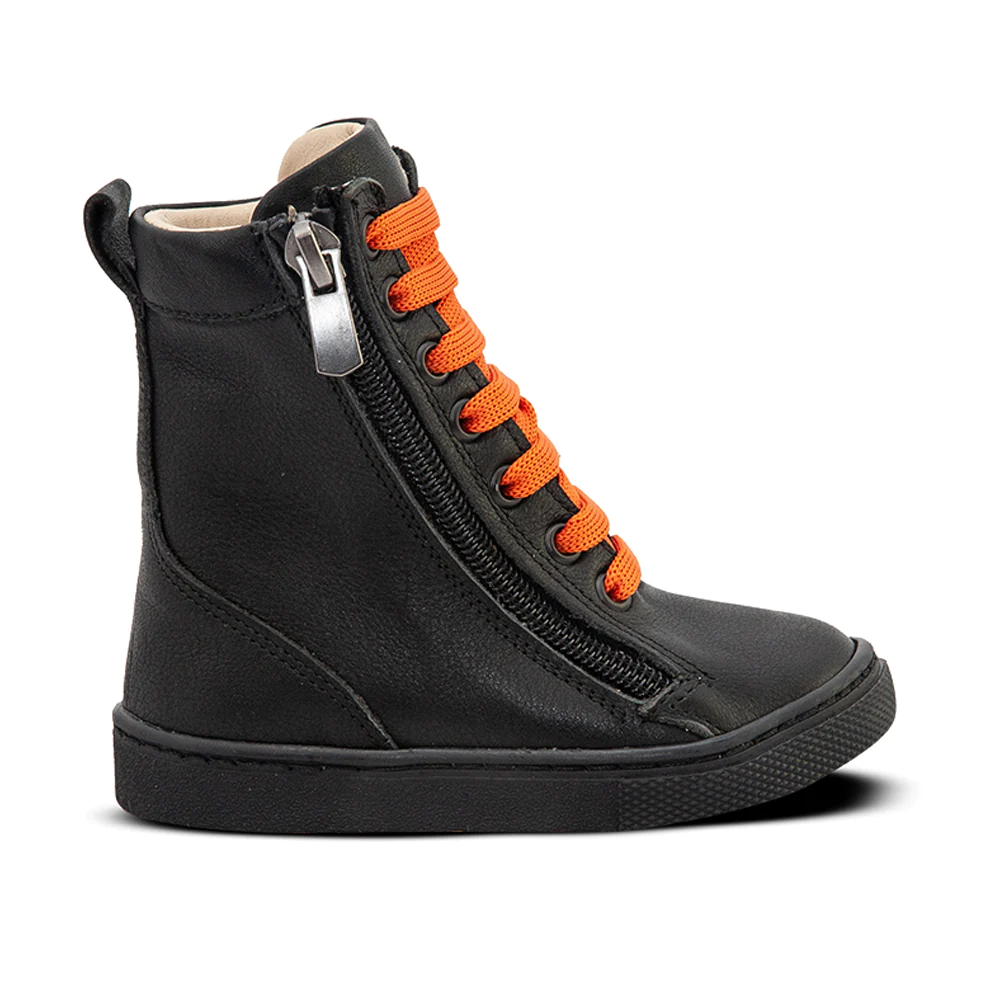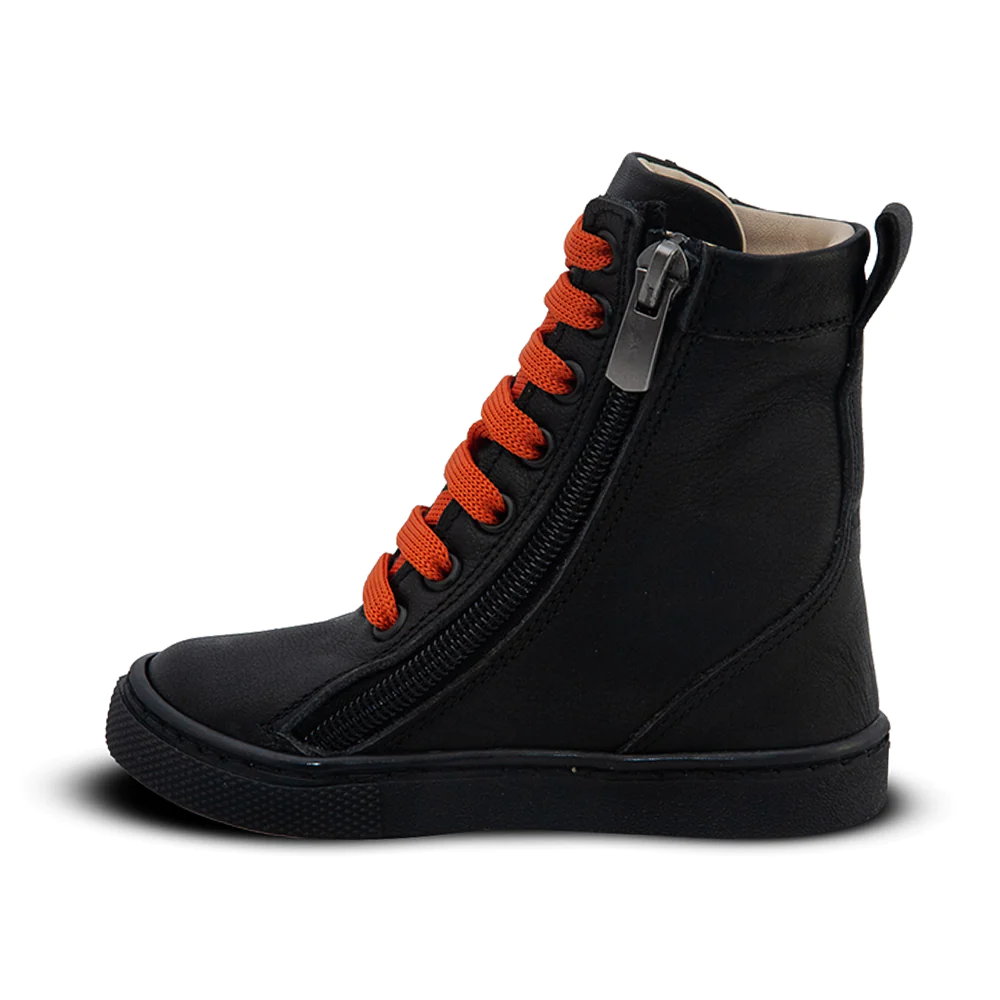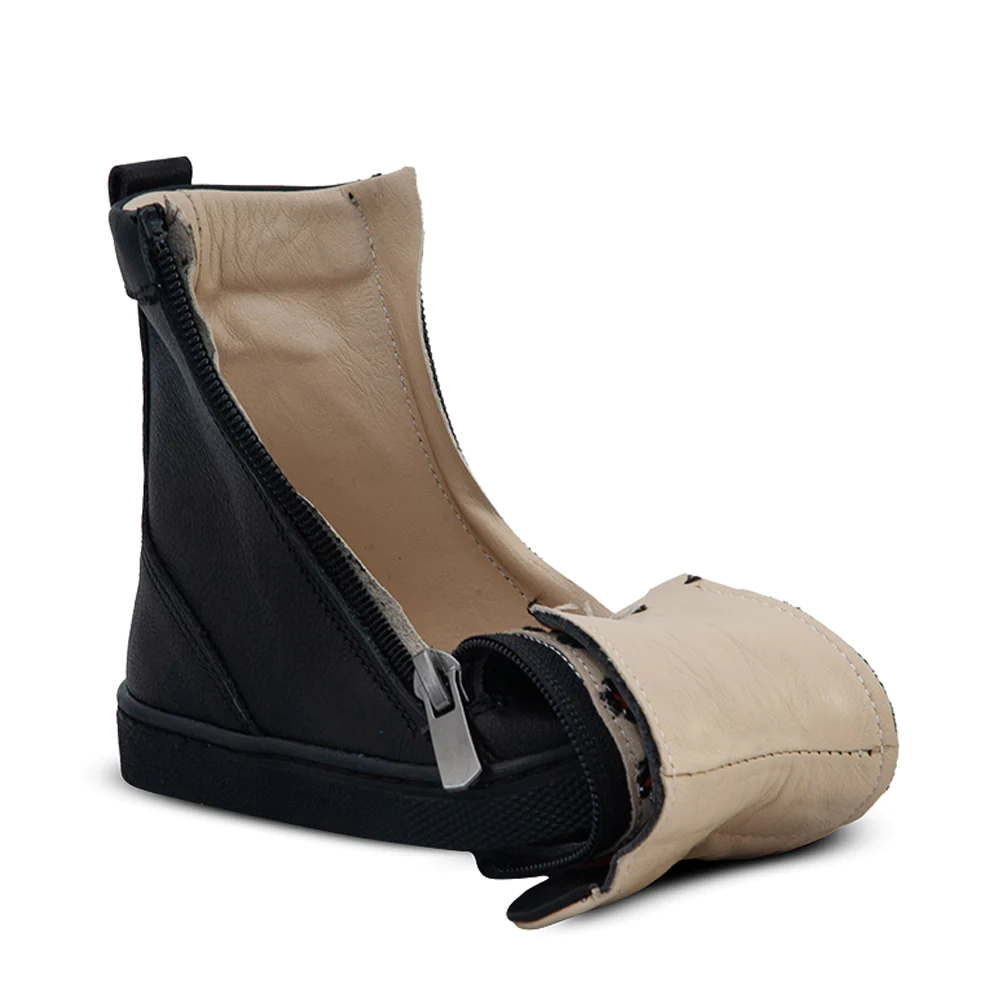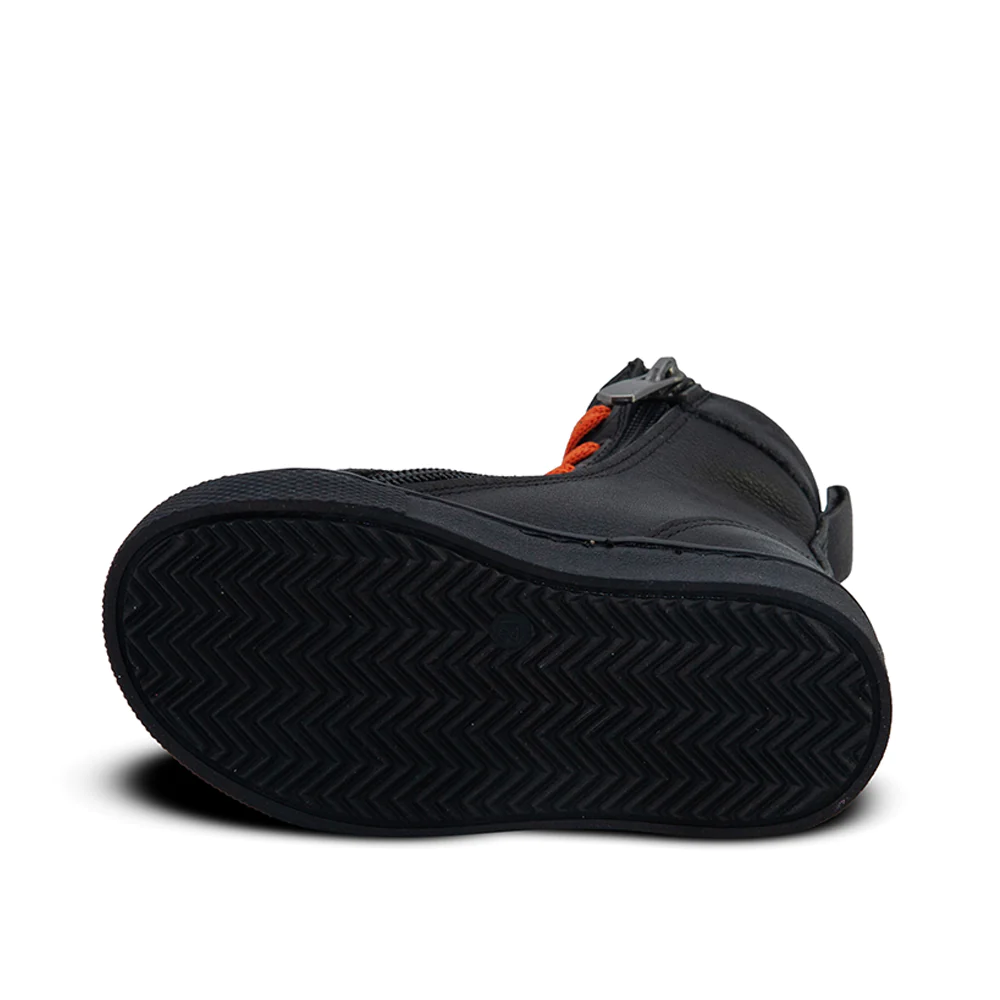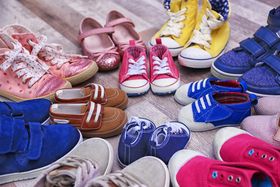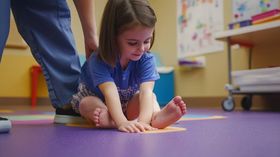10 Best Shoes for Back to School: Choose Comfort and Durability
Back-to-school shopping doesn't have to be overwhelming when it comes to shoes. Your child needs footwear that can handle everything from morning rush to afternoon pickup while supporting healthy foot development. We've tested the best school shoes that combine comfort, durability, and style.
Published July 26, 2025
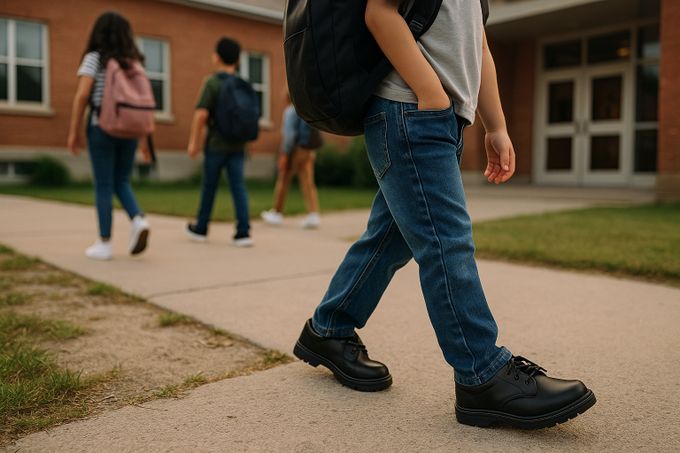
The first day of school is exciting, but by the third week, you'll know if you chose the right shoes. Your child's feet will tell the whole story; are they happy and comfortable, or sore and cranky after long school days?
School shoes face unique challenges: hours of classroom sitting followed by energetic recess play, constant indoor-outdoor transitions, and the daily wear that comes with active children exploring their world.
Getting it wrong means uncomfortable kids, frequent shoe replacements, and potential developmental issues. Getting it right means confident children who can focus on learning instead of sore feet.
The best back-to-school shoes combine proper fit, durable construction, and features that support your child's developing feet through every aspect of their school day.
Our Picks for the 10 Best Back-to-School Shoes
Understanding Your Child's School Shoe Requirements
How School Footwear Needs to Change as Children Grow
Your child's shoe requirements evolve dramatically from kindergarten through middle school. Preschoolers (ages 4-7) need lightweight, flexible shoes with wide toe boxes that support natural gait development.
Flexible soles in early childhood promote healthier stride patterns compared to rigid footwear, reducing stress on developing muscles and joints while supporting feet through growing pains.
By ages 8-10, as your child's arch structure stabilizes, shoes require better shock absorption and increased durability to handle more intense playground activities.
Studies indicate that over 50% of 10-year-olds wear ill-fitting school shoes that are too narrow, potentially causing long-term foot deformities [1].
Middle schoolers (11-14) experience rapid growth and increased activity levels, demanding supportive midsoles and lateral stability to prevent fatigue and injuries during longer school days.
How School Environment Affects Your Shoe Choice
- Different school environments create unique footwear demands for your child. Public schools typically allow athletic shoes, which offer the flexibility and shock absorption growing feet need. However, avoid overly soft fashion shoes that lack proper arch support.
- Uniform-based schools often require dress shoes, which must include cushioned insoles and arch support to prevent gait problems. Many retail dress shoes are too narrow for healthy foot development, so proper fitting becomes even more critical.
- Cold or wet climates demand waterproof shoes with slip-resistant soles to prevent injuries. Poor traction is a major cause of playground accidents, while sports-heavy programs require lateral support and impact cushioning since improper footwear contributes to 30% of school sports injuries in children.
Features Your Child's Bact-to-School Shoes Must Have
Generous Toe Box Space For a Proper Fit
Your child's school shoes need enough room in the toe box to prevent blisters, pinching, and discomfort during long school days. Growing feet change shape quickly, so poor fit can become painful and distracting within weeks.
A roomy toe box allows natural toe movement and helps your child maintain better balance during classroom movement, active play, and transitions between activities.
Flexible, Non-Slip Soles for Active School Life
Children are constantly moving at school—running during recess, navigating hallways, climbing stairs, and transitioning between indoor and outdoor activities.
Shoes must bend easily with your child's feet to allow natural movement while providing slip-resistant soles for safety on slick tile floors, wet playgrounds, and outdoor surfaces. This combination prevents trips and falls while supporting developing coordination skills.
Breathable, Durable Materials for Long School Days
Your child wears school shoes for 6-8 hours daily through messy, active conditions. Breathable shoes made of materials like mesh or soft leather keep feet cool and reduce moisture buildup that can cause discomfort and odor.
Simultaneously, shoes need durability to withstand regular playground wear, classroom scuffing, and general daily use throughout the entire school year.
Easy-to-Use Closures for Independent Dressing
Young children, especially in kindergarten and early grades, need to manage their shoes independently. Velcro straps, elastic laces, or convenient pull tabs promote self-sufficiency while saving time during busy school routines like PE changes or end-of-day pack-up.
Easy closures also reduce tripping hazards from untied laces and minimize the need for teacher assistance.
10 Best Back-to-School Shoes for Your Child
Choosing the Right Back-to-School Shoes for Your Child
Consider Your Child's School Environment and Activities
When choosing shoes for your child, think about your child's typical school day when selecting shoes. Do they have extended outdoor time, gym class, or walk to school?
Active children need more durable construction and shock absorption, while those in primarily indoor environments can prioritize comfort and breathability. Consider your school's dress code requirements and climate conditions when making your final decision.
Prioritize Proper Fit Over Quick Growth Accommodation
While children's feet grow quickly, buying shoes too large creates immediate problems with stability, blisters, and altered walking patterns.
Allow 0.5 inches of space at the toe while ensuring proper width and heel fit to prevent foot injuries. Plan to check fit monthly during growth spurts, as properly fitting shoes support healthy development better than oversized ones.
Invest in Quality Construction for School Demands
School shoes face unique wear patterns from classroom floors, playground surfaces, and constant on-off cycles. Quality materials like leather and reinforced construction areas pay off in durability and maintained support throughout the school year.
Well-made shoes also retain their shape and support features longer, providing consistent foot care benefits.
Choose Features That Support Independence
Select closures your child can manage independently to reduce morning stress and support self-sufficiency at school. Shoes with velcro straps, elastic laces, or side zippers work better than traditional laces for young children while still providing a secure fit during active school days.
Give Your Child the Foundation for a Successful School Year
The right school shoes do more than protect your child's feet—they provide the foundation for confident learning, comfortable play, and healthy development throughout the academic year. When children's feet feel good, they can focus on making friends, mastering new skills, and enjoying their school experience.
Whether your child needs all-day comfort for long school days, durable construction for playground adventures, or special support for developing or flat feet, choosing shoes designed specifically for school demands makes a significant difference in their daily comfort and long-term foot health.
If your child has specific needs, extra durability for playground time, easy-on features for independence, or special support requirements, our targeted recommendations ensure they get shoes perfectly matched to their school lifestyle.
References
M. C. Breet and R. Venter, “Are habitually barefoot children compelled to wear ill-fitting school shoes? A cross-sectional study,” BMC Pediatrics, vol. 22, no. 1, Apr. 2022, doi: 10.1186/s12887-022-03263-9. Available: https://doi.org/10.1186/s12887-022-03263-9
Disclaimer: First Walkers' information is intended for educational and informational purposes related to children's footwear and foot health. We encourage you to consider individual circumstances and consult qualified orthopedists about specific conditions.
Frequently Asked Questions
How often should I check my child's school shoe fit?
Check your child's shoe fit monthly during the school year, especially during growth spurts. Signs of poor fit include red marks after wearing, reluctance to put shoes on, or changes in walking patterns. Growing children's feet can change size and shape quickly.
Do school shoes need to be different for kids who walk versus those who ride the bus?
Yes, children who walk or bike to school need enhanced durability, weather resistance, and superior cushioning for longer wear times and varied terrain. Those who ride transportation can focus more on indoor comfort and easy on-off functionality for school routines.
Should I buy winter-specific school shoes or layer socks in regular shoes?
Invest in weather-specific school shoes rather than layering socks. Multiple or thick socks can compress feet, restrict circulation, and compromise proper fit and support. Winter school shoes designed with insulation maintain warmth while preserving proper foot alignment and safety features.
Can my child wear the same shoes for PE and regular school activities?
Athletic shoes that meet your school's dress code can work for both regular school and PE activities, provided they offer proper support, durability, and appropriate styling. This approach can be more economical while ensuring consistent foot support throughout the school day.
How do I know if my child needs special orthopedic support in their school shoes?
Watch for signs like frequent foot pain, unusual walking patterns, toe-walking, or complaints about foot discomfort after school. If you notice flat feet, inward ankle rolling, or other concerns, consult a pediatric podiatrist for professional evaluation and recommendation.
What's the best way to break in new school shoes before the first day?
Start wearing new shoes for short periods (30-60 minutes) at home, gradually increasing wear time over a week. This allows both feet and shoes to adjust gradually without causing blisters or discomfort during important first days of school.
